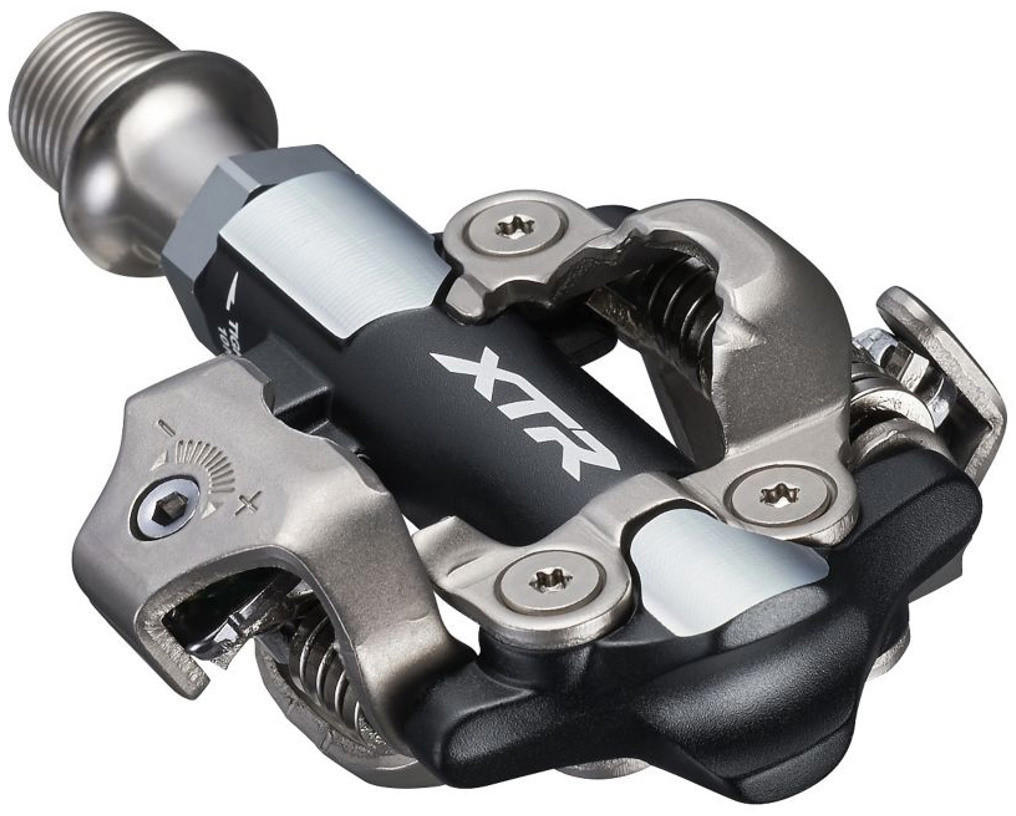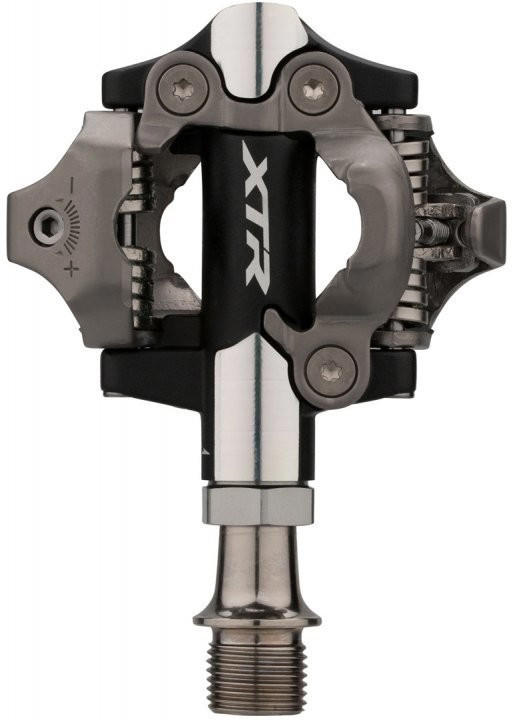Bike Pedals Guide
Pedal type (platform, clipless, hybrid)
There are three primary types of bike pedals to consider: platform pedals, clipless pedals, and hybrid pedals.
Platform pedals provide a flat surface for your foot to rest on and are ideal for casual and urban riding. These pedals allow you to wear regular shoes and easily put your foot down when needed. Popular platform pedals include the RaceFace Chester Mountain Bike Pedal made with tough and durable nylon composite material, and the Shimano PD-MX80 which features a large platform with an adjustable height and replaceable pins for excellent grip.
Clipless pedals, despite their name, actually attach your shoes to the pedal for better efficiency and control. They are widely used in road cycling and provide a secure connection between the rider and the bike. The Shimano PD-M530 SPD Pedals feature a dual-sided entry system, adjustable release tension, and a wide platform for stability. Another top option is the Look Keo Classic 3 Pedals, which have a lightweight composite body and a large contact surface for improved power transfer.
Hybrid pedals offer the best of both worlds, combining platform pedals with a compatible clip-in system. They are great for riders who want the flexibility of wearing regular shoes but also have the option to connect to the pedal when needed. One example is the Shimano PD-EH500 SPD Trekking Hybrid Pedals, which feature a dual-sided design, adjustable binding tension, and a flat platform on one side for easy pedaling with non-cycling footwear.
Adjustable tension/release mechanism (for clipless pedals)
This mechanism allows riders to set the tightness of the connection between the pedal and their shoes, providing a customizable and secure fit. A highly-regarded pedal with an adjustable tension mechanism is the Shimano PD-M770 XT Pedals. With an adjustable spring tension through a hex wrench, cyclists can easily fine-tune their preferred level of resistance. Another option to consider is the Crankbrothers Candy 1 Pedals, which features a four-sided entry system and an easily adjustable release angle, allowing riders to personalize their engagement and release experience. If you're looking for an affordable choice, the Wellgo R096B Road Pedals offer adjustable tension and a lightweight design, making them ideal for long road rides.
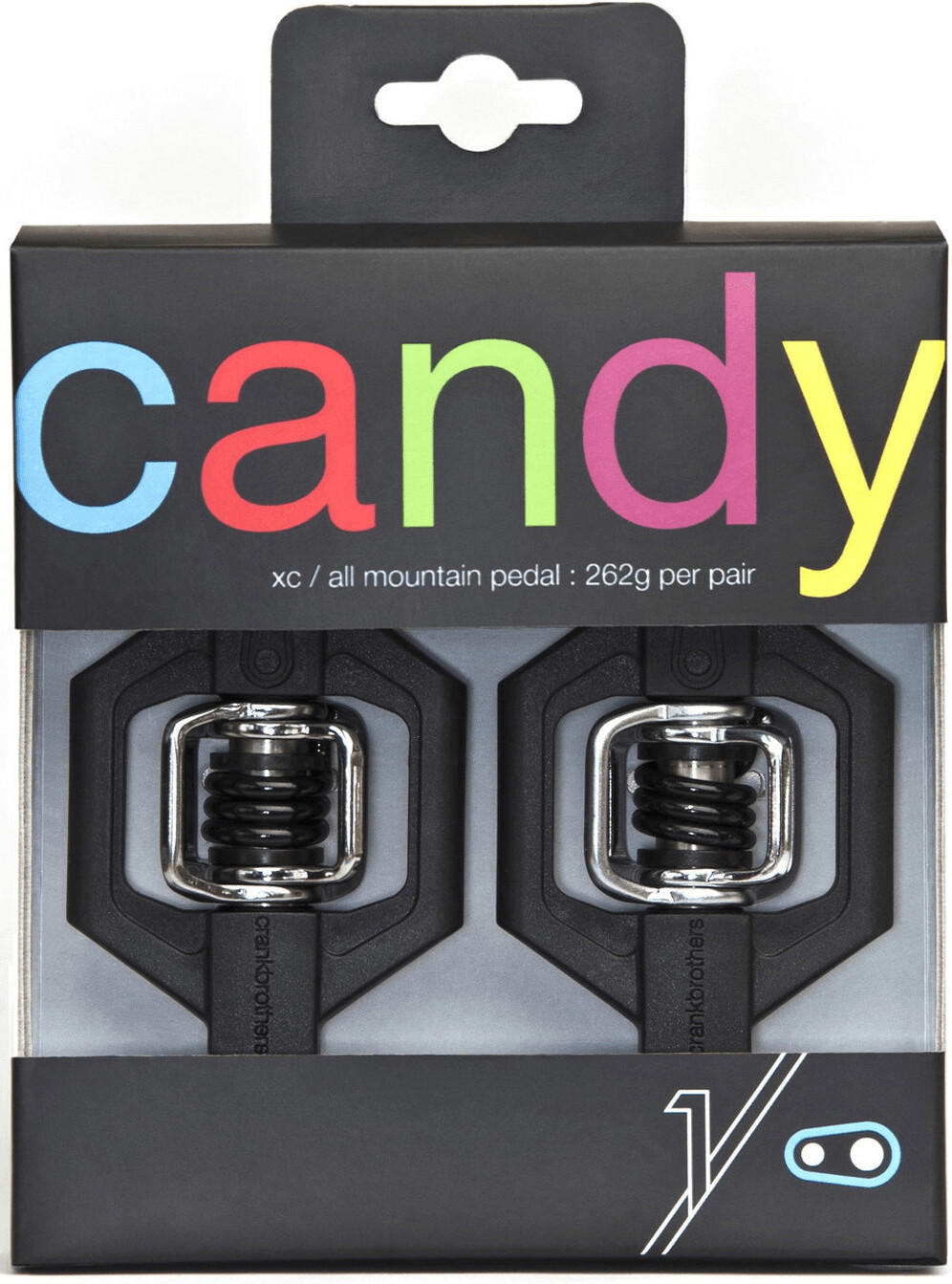


Cleats compatibility (for clipless pedals)
Cleats are the small metal or plastic attachments that attach to the soles of cycling shoes, allowing them to be clipped into the pedals. Different brands and models of clipless pedals use different types of cleats, so it's crucial to ensure that your shoes are compatible with the pedals you choose.
Some popular examples of clipless pedals and their corresponding cleats include:
- Shimano SPD-SL Pedals and Cleats: Shimano SPD-SL pedals use a three-bolt cleat system, which offers excellent stability and power transfer. The cleats feature a wide design for efficiency and are commonly used by road cyclists. The Shimano Ultegra PD-R8000 Pedals with Shimano SPD-SL Cleats are a high-performance option.
- Look Keo Pedals and Cleats: Look Keo pedals are another popular choice for road cyclists, employing a two-bolt cleat system. These cleats are known for their light weight and simple engagement and release mechanisms. The Look Keo Classic 3 Pedals with Look Keo Cleats are an affordable yet reliable option.
Remember, it is vital to ensure that the cleats you choose are compatible with the specific pedals you intend to use, as using the wrong cleats can result in poor performance and potentially damage your pedals.
Pedal material (aluminum, steel, composite)
There are three common materials used for bike pedals: aluminum, steel, and composite.
Aluminum pedals are lightweight yet durable, making them suitable for road and mountain biking. One example of a high-quality aluminum pedal is the Shimano 105 PD-R7000. These pedals feature a carbon-injected body for maximum lightweightness and efficiency, while the stainless steel body plate enhances durability.
On the other hand, steel pedals are known for their durability and strength, making them ideal for tough riding conditions. The Wellgo C002 Road Pedals are a popular steel pedal choice due to their durable steel body, sealed cartridge bearings for smooth rotation, and a wide platform for enhanced stability.
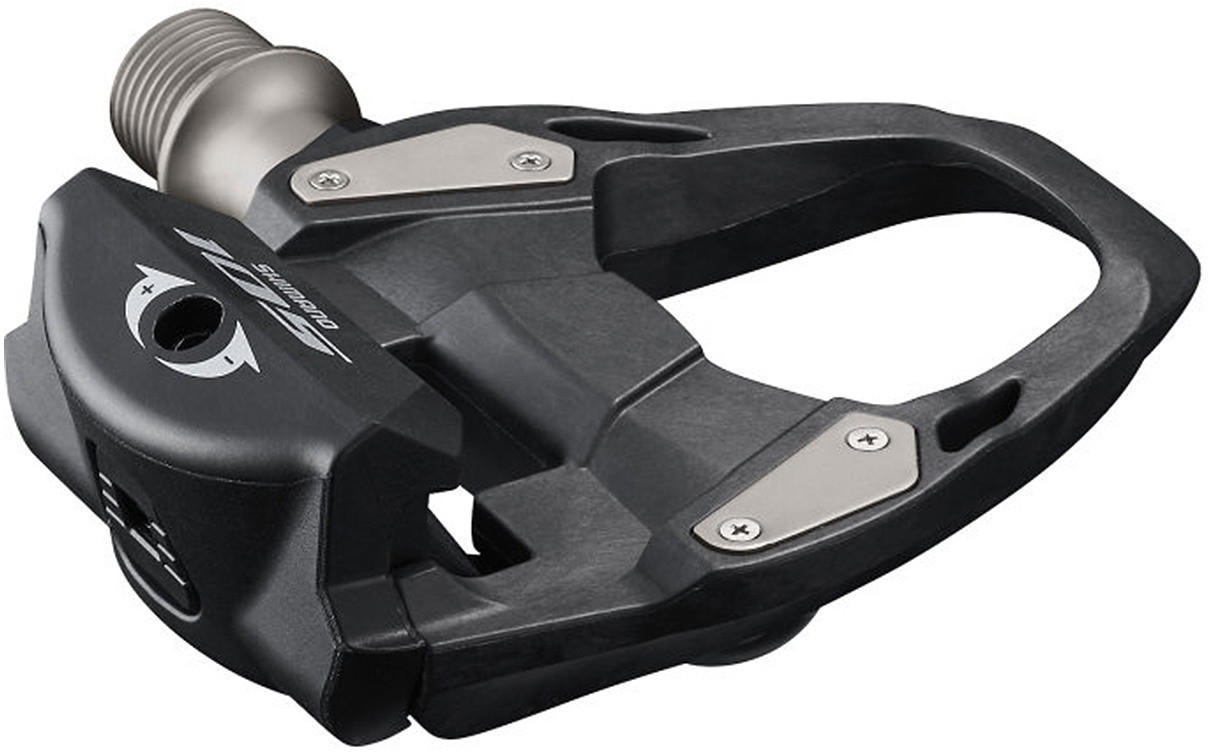
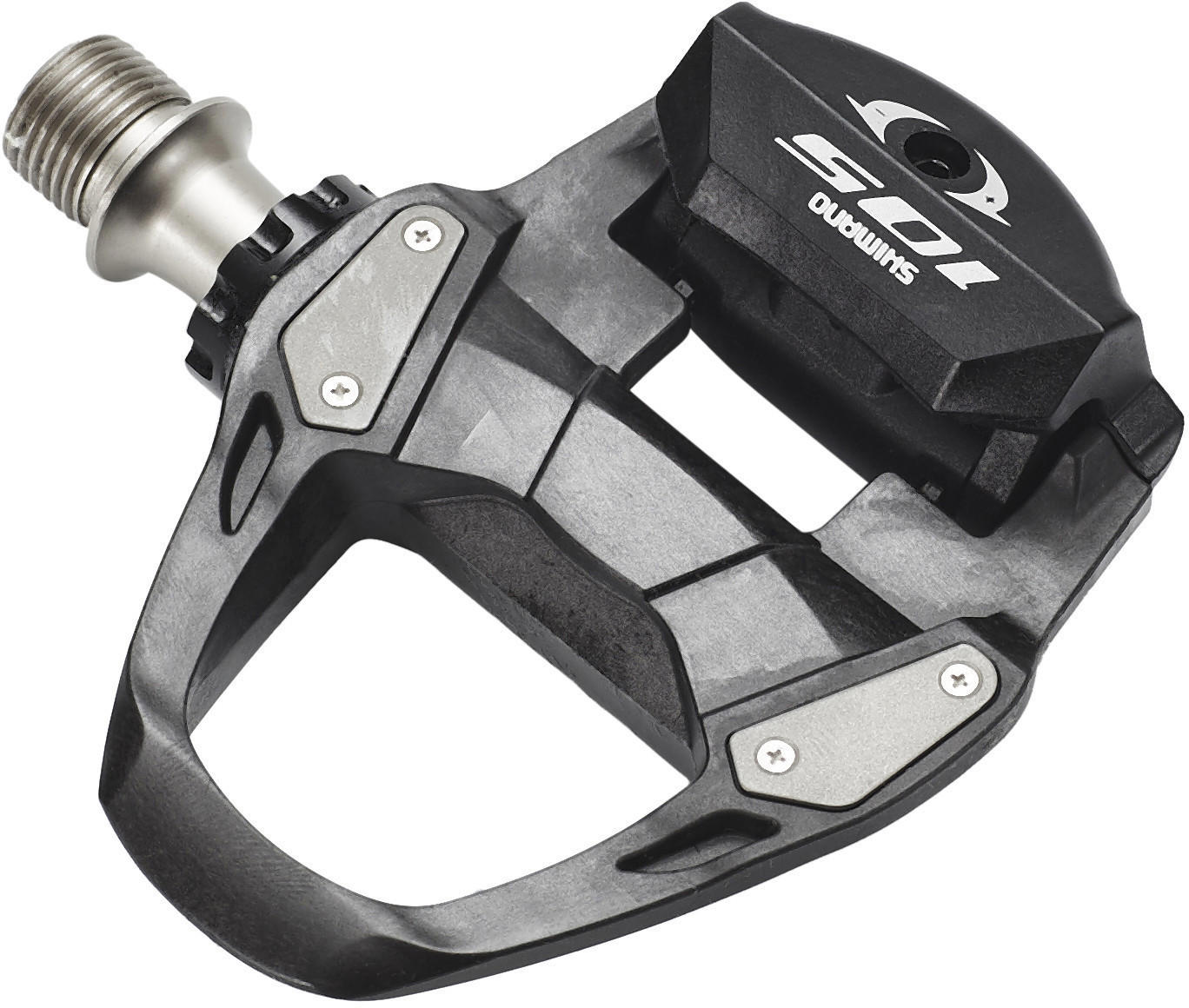

Lastly, composite pedals are a great option for casual riders and entry-level cyclists. These pedals are often made of a robust polymer material that offers good grip and comfort. The RaceFace Chester Composite Pedals feature a tough nylon composite body with molded pins for added traction, making them perfect for trail riders and downhill enthusiasts.
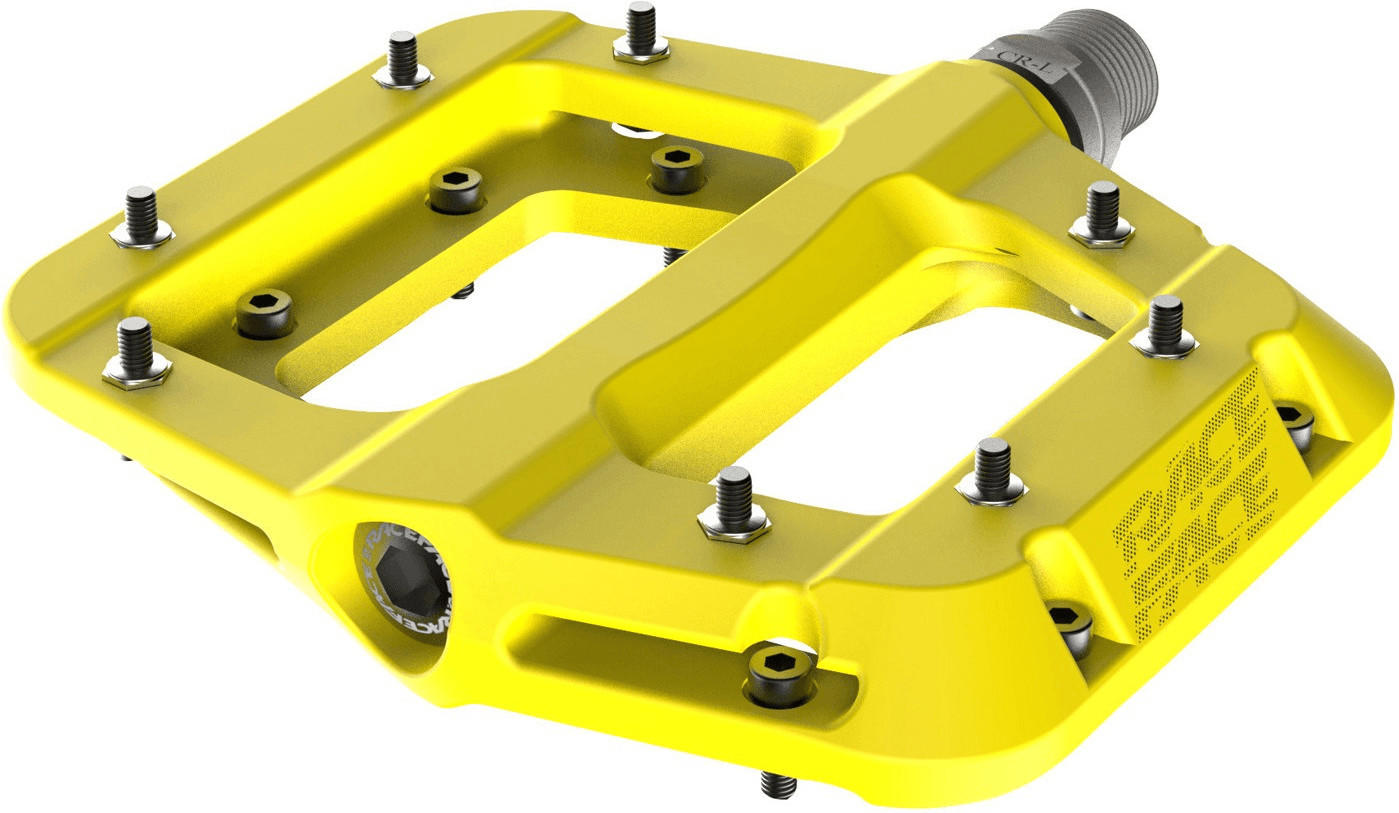
Weight
The weight of pedals can have a significant impact on your overall cycling performance. Lighter pedals reduce the overall weight of the bike, making it easier to accelerate and climb hills. A great example of lightweight pedals are the Shimano Ultegra PD-R8000 road bike pedals, weighing in at only 248 grams. These pedals feature a carbon composite body, which contributes to their lightweight design. Another option is the Race Face Atlas Mountain Bike Pedals, weighing 355 grams. These pedals are constructed with a lightweight yet durable aluminum body, perfect for off-road adventures.
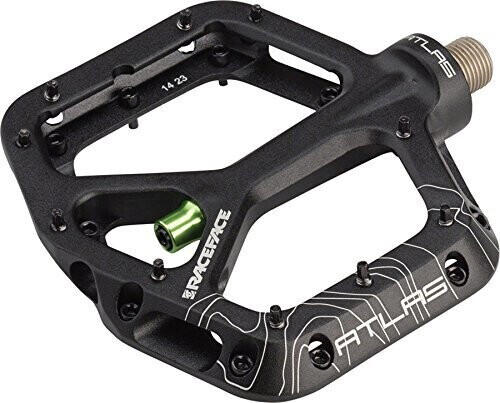
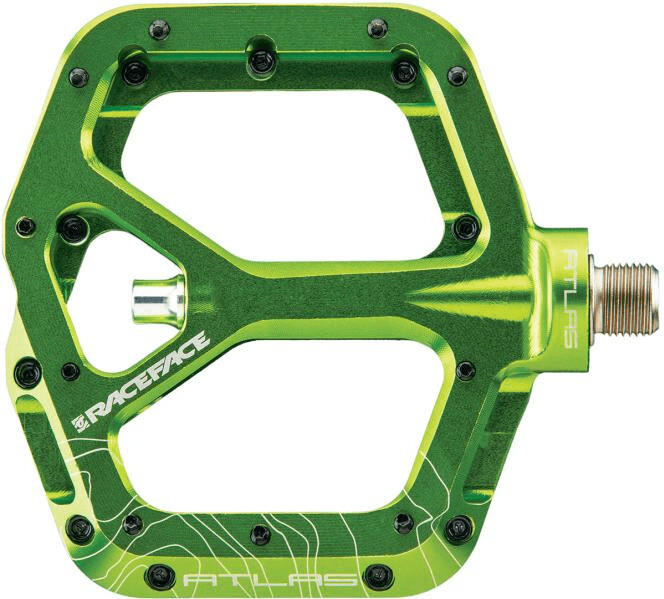
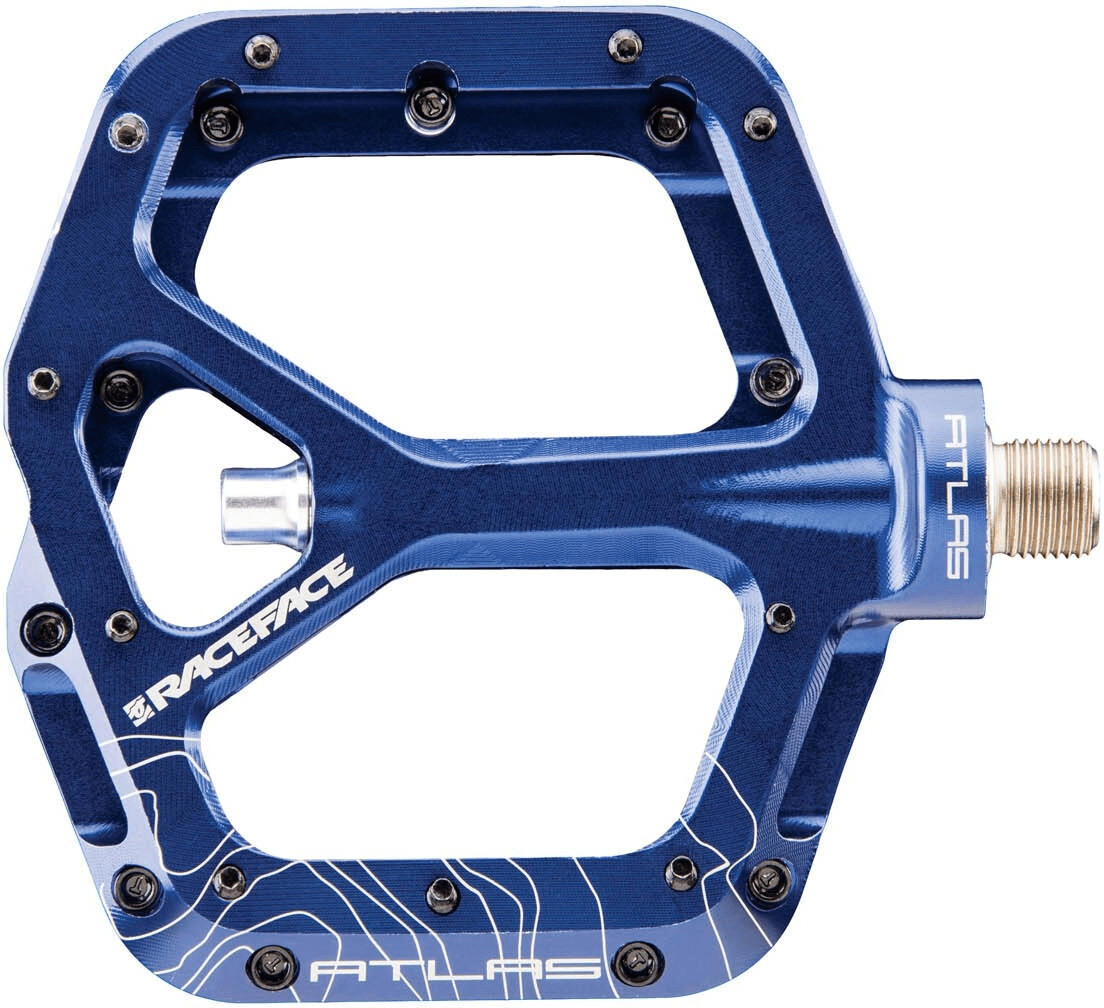
Pedal size
The size of the pedal largely depends on the type of riding you do and your personal preferences. For casual riders or beginners, smaller platform pedals like the Shimano PD-M324 or Crankbrothers Stamp are suitable options. These pedals offer a compact size without compromising grip and control. On the other hand, if you're an avid mountain biker or engage in aggressive trail riding, larger platform pedals such as the Race Face Chester or DMR Vault are recommended choices. These pedals provide a larger and more supportive platform, allowing for enhanced power transfer and stability during intense rides. It's important to consider your specific needs and riding style when selecting the appropriate pedal size.


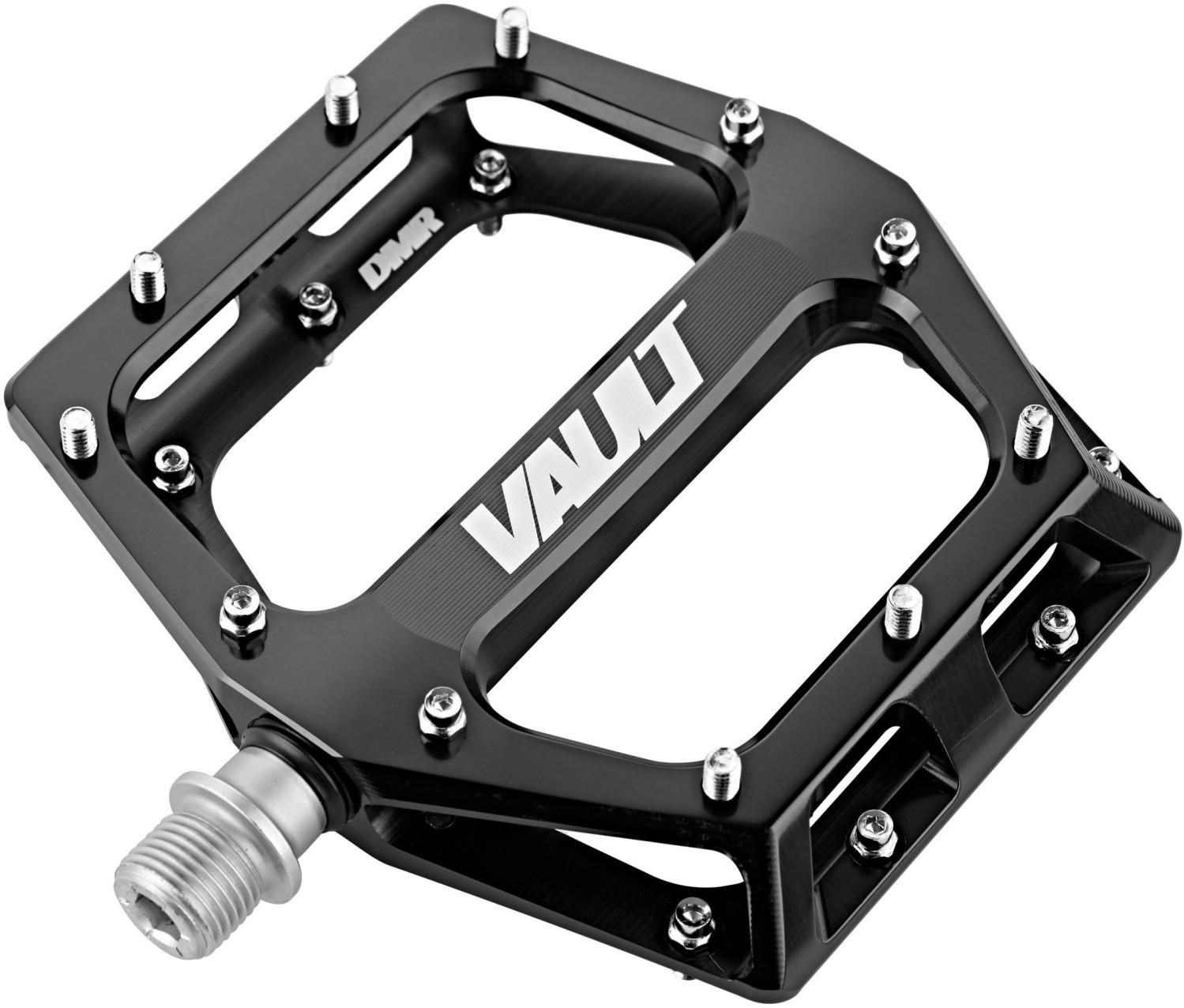
Pedal color options
Pedals come in a variety of colors, allowing you to customize your bike and match it to your personal style. Whether you prefer a sleek black, vibrant red, or classic silver, there are options available for every taste. For those who like a minimalist look, the Shimano PD-M520 offers a simple, silver design that blends seamlessly with any bike. On the other hand, if you want to add a pop of color to your ride, the Crankbrothers Candy 3' are available in various eye-catching hues like orange, blue, and green. Throwing some flair into the mix, theRaceFace Chester Metallic Blue` pedals not only provide a striking metallic blue color, but also a rugged nylon composite body. Whatever color you choose, make sure it resonates with your personal style and adds that extra touch to your bike.
Grip profile
Different pedals offer different levels of grip to cater to various riding styles and terrains. Some riders prefer a sharp and aggressive grip profile for maximum traction, while others may opt for a smoother and more controlled feel. If you are looking for a pedal with exceptional grip, a great option is the Shimano PD-MX80 Saint Pedals. These flat pedals feature ten adjustable pins on each side, providing excellent grip and stability. Another pedal that offers a fantastic grip profile is the Burgtec MK4 Composite Pedals. These flat pedals boast nineteen pins per pedal, ensuring optimal foot-to-pedal contact even in muddy and slippery conditions. For riders who prefer clipless pedals, the Crank Brothers Mallet DH Pedals is a popular choice due to their adjustable traction pad integration that offers customizable grip levels.
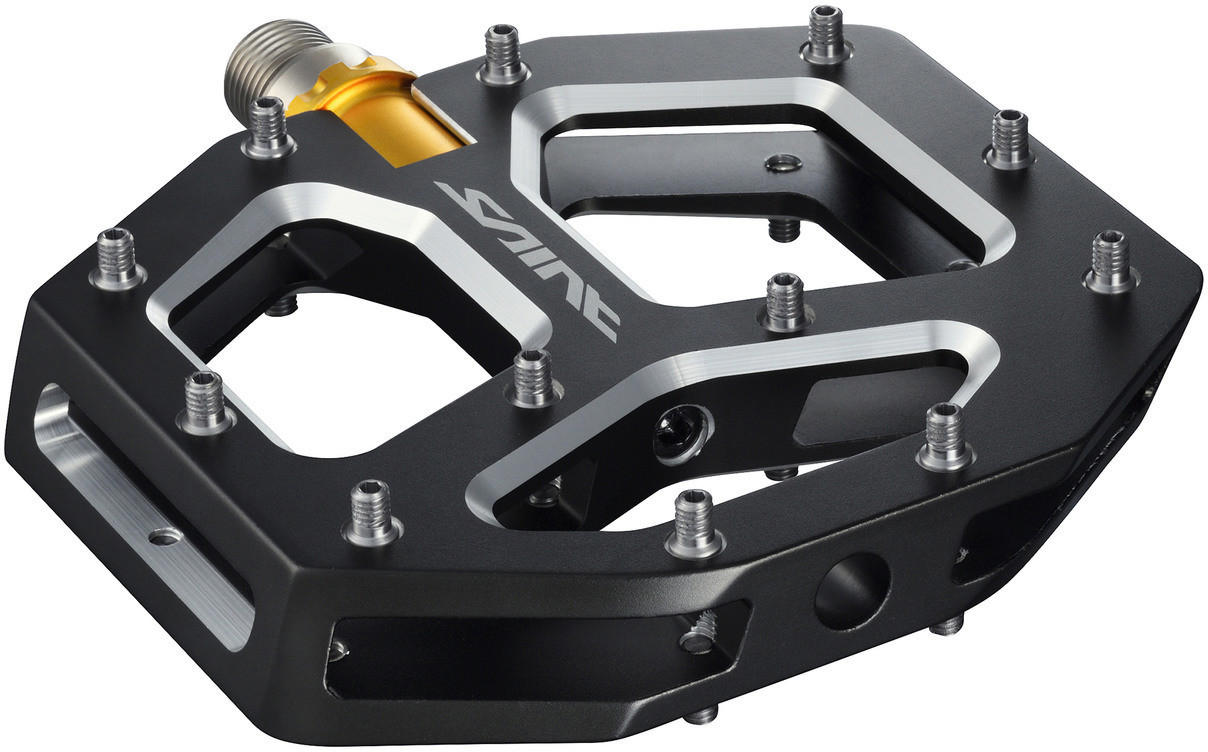
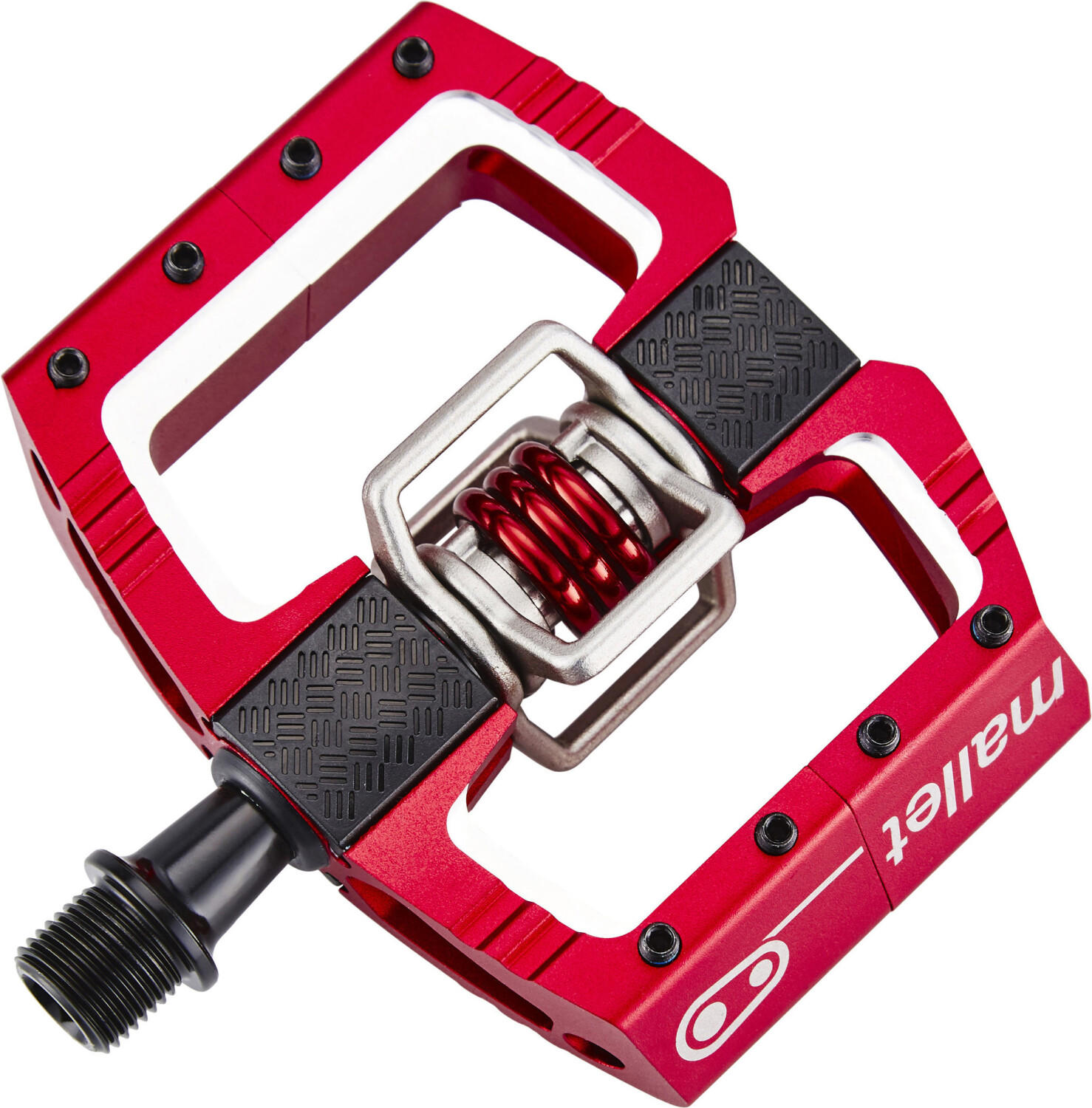
Axle material (steel, titanium)
Steel axles are known for their exceptional strength and ruggedness, making them ideal for off-road and mountain biking. A great example of steel pedal axles is the Shimano PD-M520, which features a durable chromoly steel spindle and sealed cartridge bearings for smooth rotation. On the other hand, titanium axles provide a superb combination of strength and lightness, making them perfect for road biking and performance-oriented riders. Look for pedals like the Speedplay Zero Titanium, which boasts a lightweight titanium axle and a high-quality needle-bearing system for efficient power transfer.
Spindle length
The spindle is the metal rod that connects the pedal to the crank arm of the bike. Getting the right spindle length is crucial for a comfortable and efficient ride. A spindle that is too short can result in your feet rubbing against the crank arm, causing discomfort and potential injury, while a spindle that is too long can interfere with your pedaling motion. It is recommended to refer to the bike manufacturer's specifications or consult with a professional when determining the correct spindle length for your bike. Some examples of bike pedals on the market include the Shimano PD-M520 with a spindle length of 10.5mm and the Crankbrothers Candy 7 with a spindle length of 9mm. Make sure to choose a pedal that suits your needs and fits your bike's specifications.

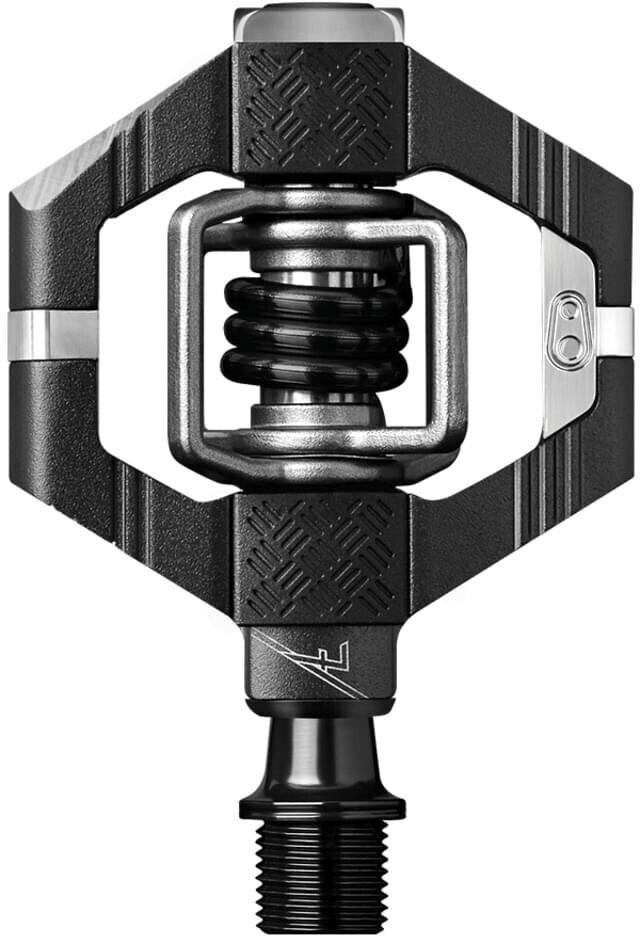
Platform shape
Pedals come in various shapes, each designed to provide unique benefits. Flat platform pedals, such as the Race Face Chester Pedals, offer a large surface area for better stability and control. Their thin profile helps reduce pedal strikes and enhance ground clearance. Flat pedals with concave shapes, like the Deity Components Bladerunner Pedals, provide a secure and locked-in feel by cradling the foot, preventing slippage in demanding trail conditions.
Another type of platform shape is the mid-sized or hybrid pedal, which is a combination of flat platform and clipless mechanisms. These pedals, such as the Shimano XT PD-M8120 Pedals, offer a wider pedal body and sometimes feature pins for added grip. They provide the benefits of a flat pedal while offering some of the efficiency and power transfer of a clipless system.

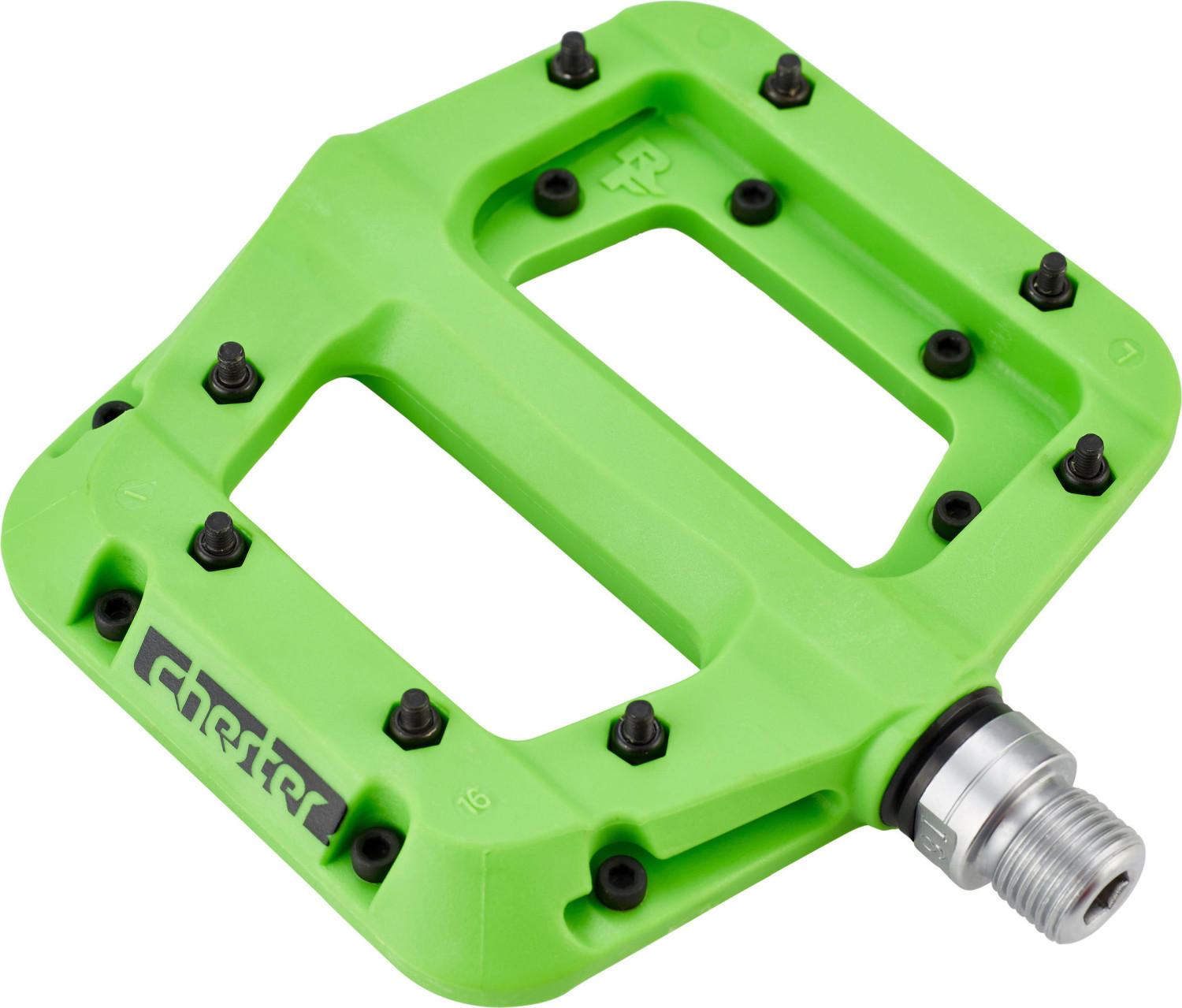

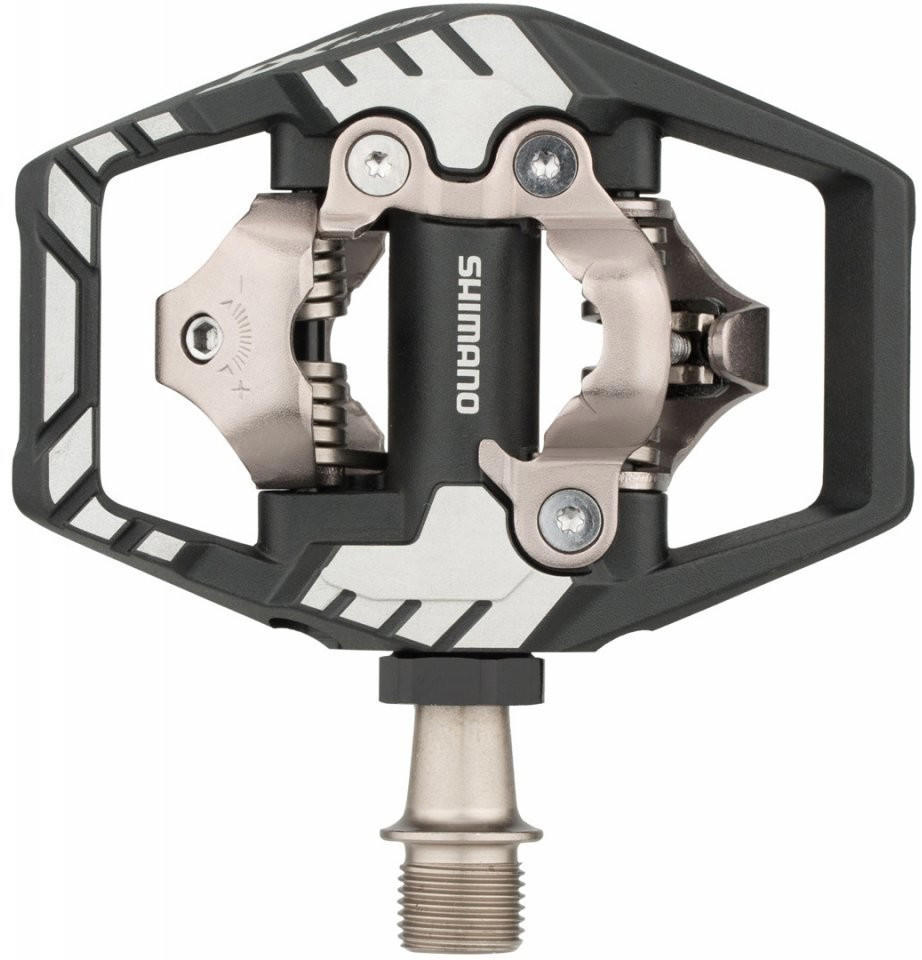
In terms of specialized categories, downhill mountain biking often requires robust and durable pedals with large platforms like the HT Components T1 SX Platform Pedals. Similarly, enduro or trail riding typically calls for slightly smaller platforms with reduced weight, such as the Blackspire Sub420 Platform Pedals. These categories cater to specific riding styles and needs in terms of pedal shape.
Platform size
The platform refers to the surface area of the pedal that your foot rests on, and it plays a vital role in providing stability and comfort during your rides. Larger platform sizes offer a more stable and supportive base for your foot, particularly for those with wider feet or greater power output. For instance, the Race Face Chester Pedals come with a generous 110mm x 101mm platform and ten hex pin placements for excellent traction. These pedals are specifically designed for all-mountain and downhill riding, offering an impressive platform size that ensures enhanced control during challenging descents.
For riders looking for a slightly smaller platform without compromising on performance, the Shimano PD-M8040 XT pedal features a more compact 110mm x 100mm design. These pedals, available in different colors, are suitable for trail and enduro riders who desire a versatile pedal but don't require the extensive platform surface of downhill-specific options. Furthermore, budget-conscious riders may consider the Crankbrothers Stamp 1 pedals, which offer an ample 114mm x 111mm concave platform. The larger size ensures substantial support and grip at an affordable price point, making them an excellent choice for casual and beginner riders. Remember, selecting the right platform size is crucial in optimizing your cycling performance and overall comfort.

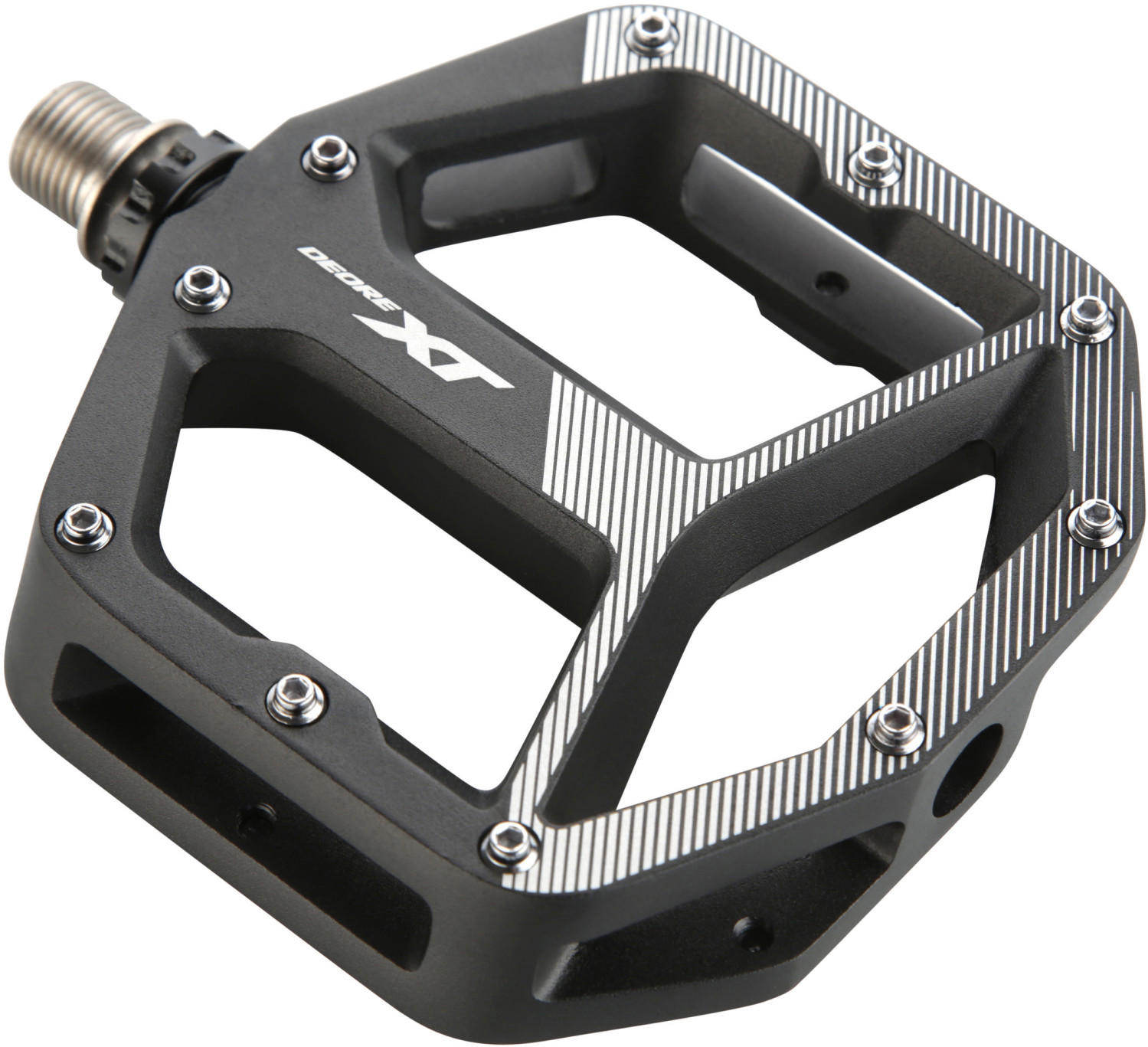

Q-factor adjustability
Q-factor refers to the distance between the outside edge of your bike shoes when you pedal. It is crucial for ensuring proper alignment of your feet and reducing the risk of knee and hip pain. Some bike pedals have adjustable spindles that allow you to change the Q-factor.
One example of bike pedals with Q-factor adjustability is the Shimano PD-M9120 XTR Trail Pedals. These pedals feature a 55mm spindle length, which can be increased to 57mm with the included spacer for a wider Q-factor. They are compatible with different shoe sizes and offer a customizable fit. Another option is the Look X-Track En-Rage Plus Pedals, which have adjustable cleats that allow for a Q-factor range from 53mm to 55mm. These pedals offer comfortable foot positioning for any rider. Overall, it is important to consider Q-factor adjustability when choosing pedals to optimize comfort and performance.
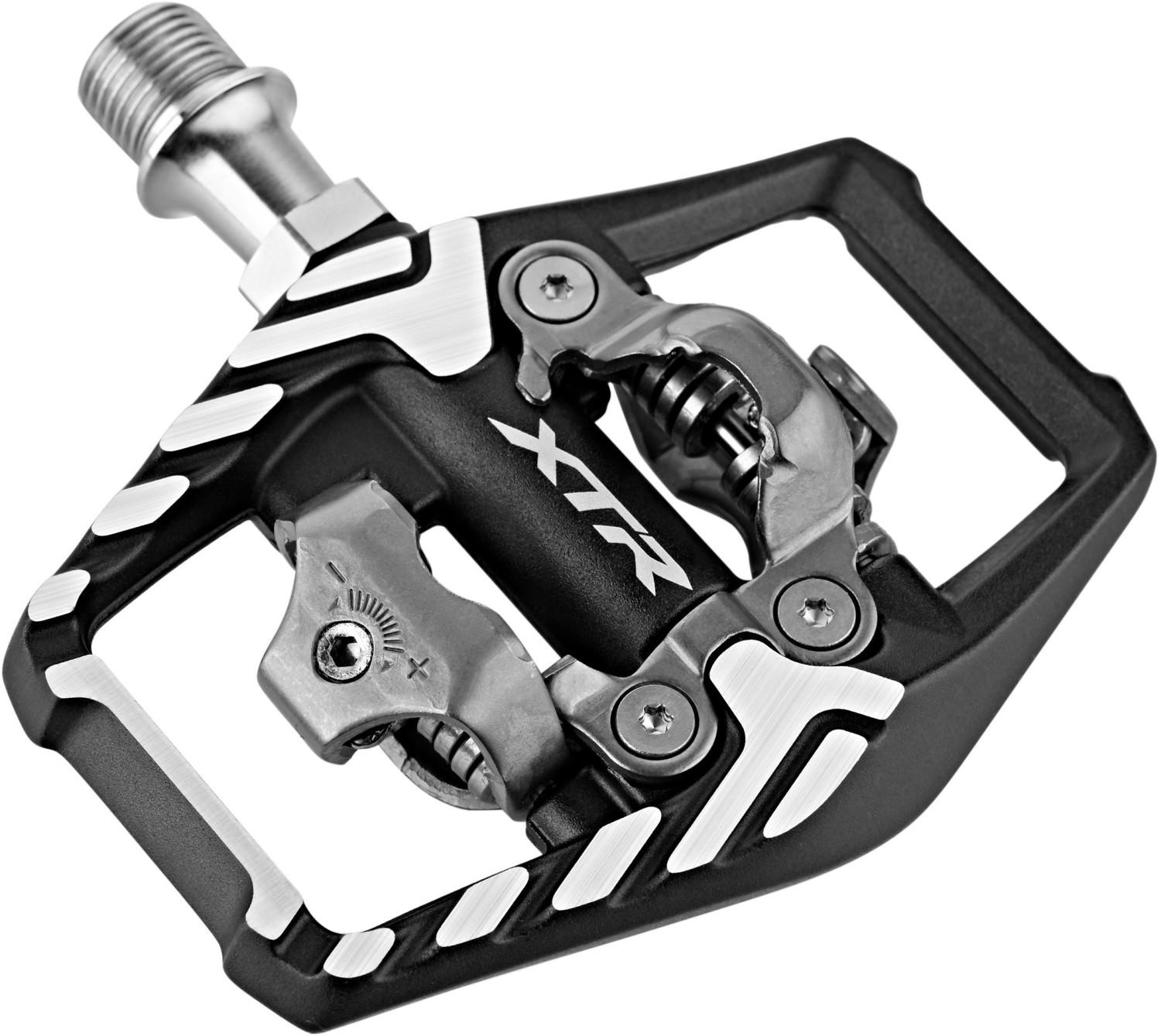

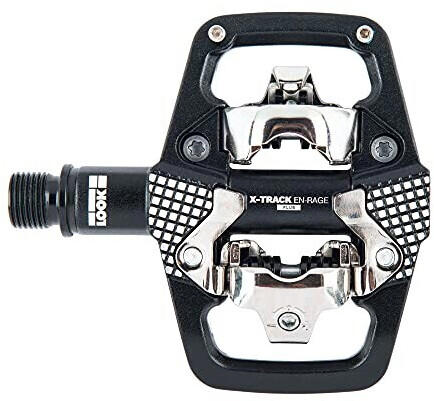
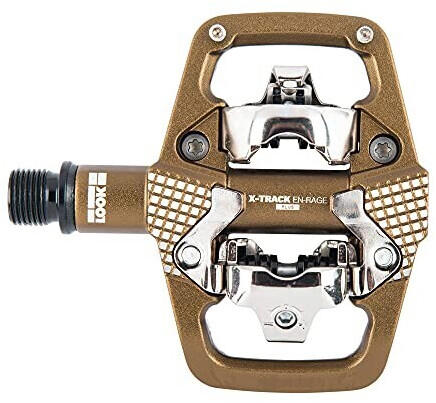
Bearing type (sealed, cartridge)
There are two primary types of bearings available: sealed and cartridge bearings.
Sealed bearings are a popular choice as they provide effective protection against dust, dirt, and moisture, making them highly durable and low maintenance. The Shimano Ultegra R8000 SPD-SL Pedals are a great example of sealed bearings, featuring sealed cartridge units that offer outstanding smoothness and long-lasting performance. Another option is the Look Keo 2 Max Pedals, which also feature sealed cartridge bearings for optimal power transfer and reliability.
On the other hand, cartridge bearings are known for their superior load capacity and improved precision. They consist of a pre-installed cartridge that contains the bearings, reducing the risk of contamination and facilitating easy replacement. One popular choice in this category is the Crankbrothers Eggbeater 3 Pedals, utilizing a high-quality cartridge system to maximize durability and efficiency. Another excellent option is the Time XPRO 12 Pedals, which utilize a patented pedal-specific cartridge bearing for smooth operation and long life.
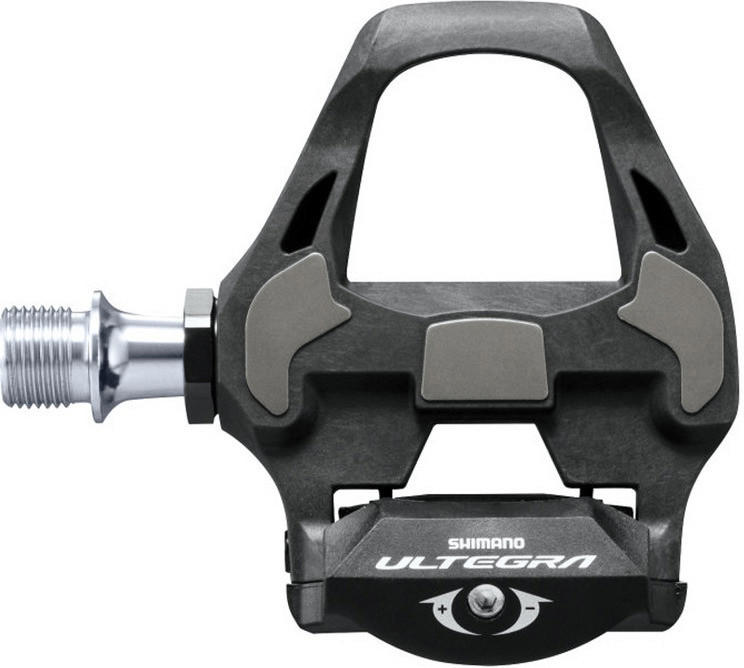
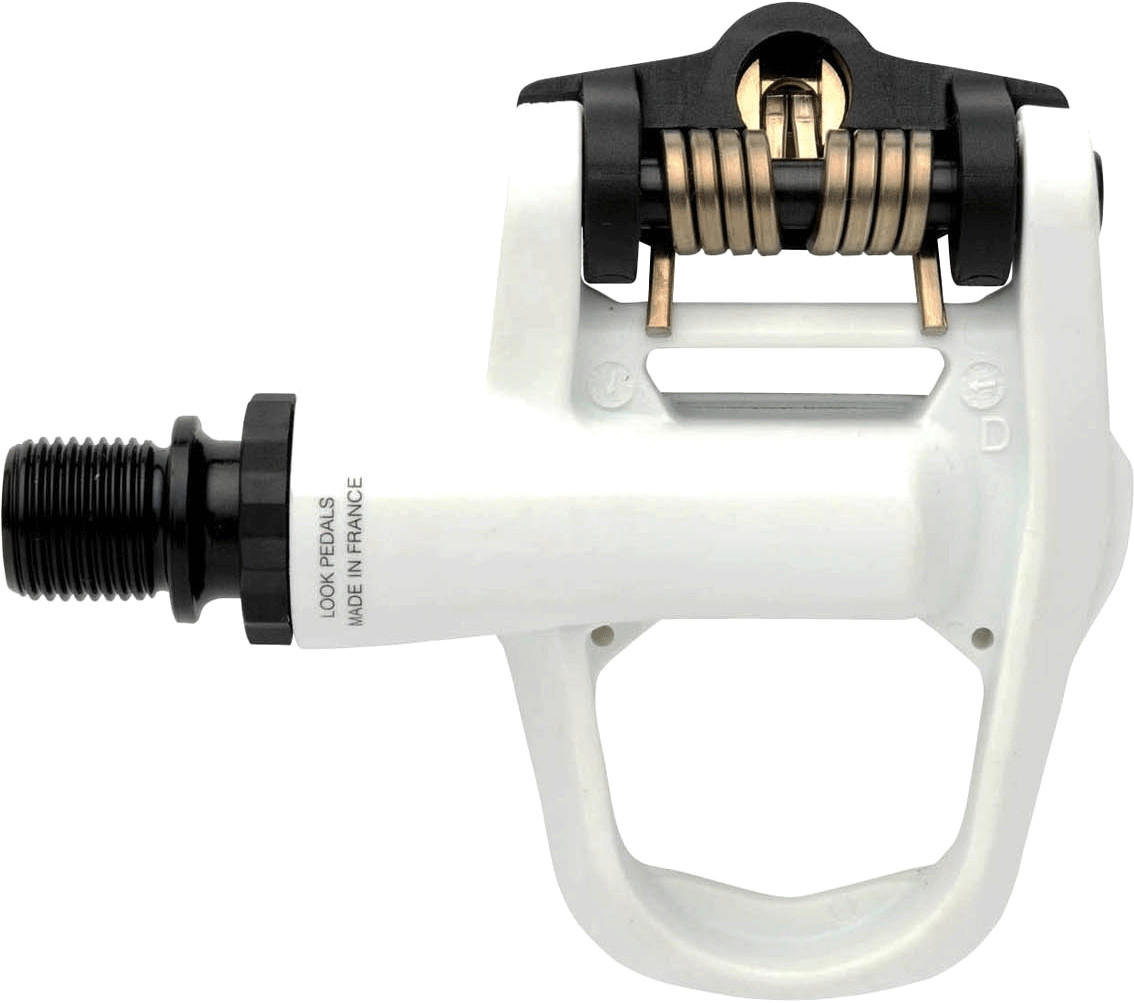
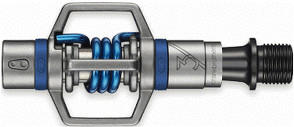
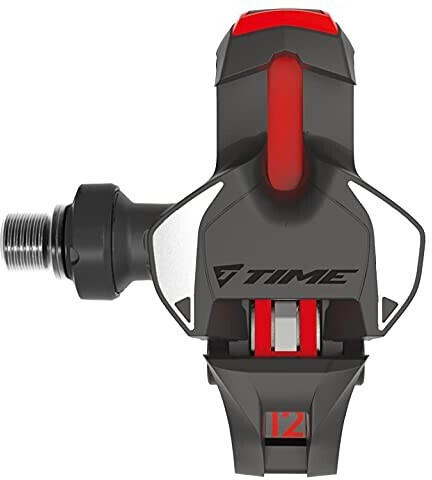
Selecting the right bearing type, whether sealed or cartridge, is crucial for ensuring a smooth and reliable cycling experience. The aforementioned pedals serve as great examples illustrating these bearing types for those seeking the best bike pedal options.
Number of bearings
Bearings are crucial for pedal smoothness, durability, and efficiency. Pedals with a higher number of bearings tend to offer better performance. For instance, the Shimano SPD-SL PD-R8000 road pedals feature three ball bearings and one roller bearing system for optimal efficiency in every stroke. Similarly, the Crankbrothers Candy 11 mountain bike pedals contain two cartridge bearings and one needle bearing on the outside of the pedal to ensure smooth rotation and enhance power transfer. Other popular pedals in the market, such as the Look Keo 2 Max Blade Carbon road pedals and the Dmr V8 mountain bike pedals, also boast multiple bearings for increased performance and stability. Overall, selecting pedals with a higher number of bearings guarantees better riding experience on any terrain.

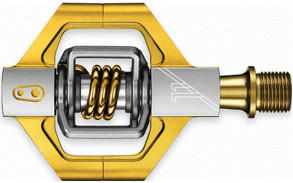

Pedal stack height
Pedal stack height refers to the distance between the center of the pedal axle and the platform of the pedal itself. A higher pedal stack height means your feet are positioned further away from the pedal axle, providing more ground clearance and reducing the chances of hitting obstacles while riding. The lower stack height, on the other hand, gives a more connected feel and improved pedaling efficiency.
For those seeking a higher pedal stack height, the HT AE05 pedals are a great option. With a stack height of 17mm, these pedals provide ample ground clearance, making them suitable for riders tackling technical trails and rocky terrains. If you prefer a slightly lower stack height, the Shimano XT M8140 pedals with a stack height of 13mm could be ideal. These pedals offer a good compromise between ground clearance and pedaling efficiency, making them suitable for a variety of riding conditions. Lastly, for those looking for the lowest stack height, the Race Face Atlas pedals are a worthwhile consideration, with a stack height of only 8.5mm. These pedals enhance your connection to the bike, giving you a responsive and efficient pedaling experience.

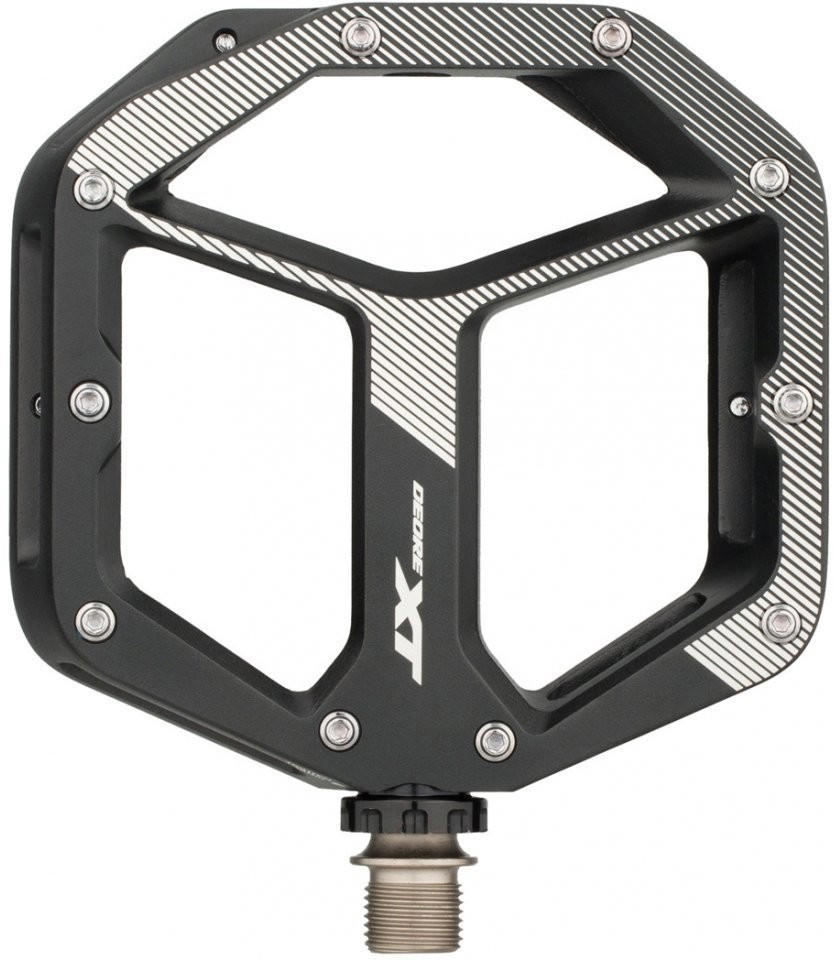
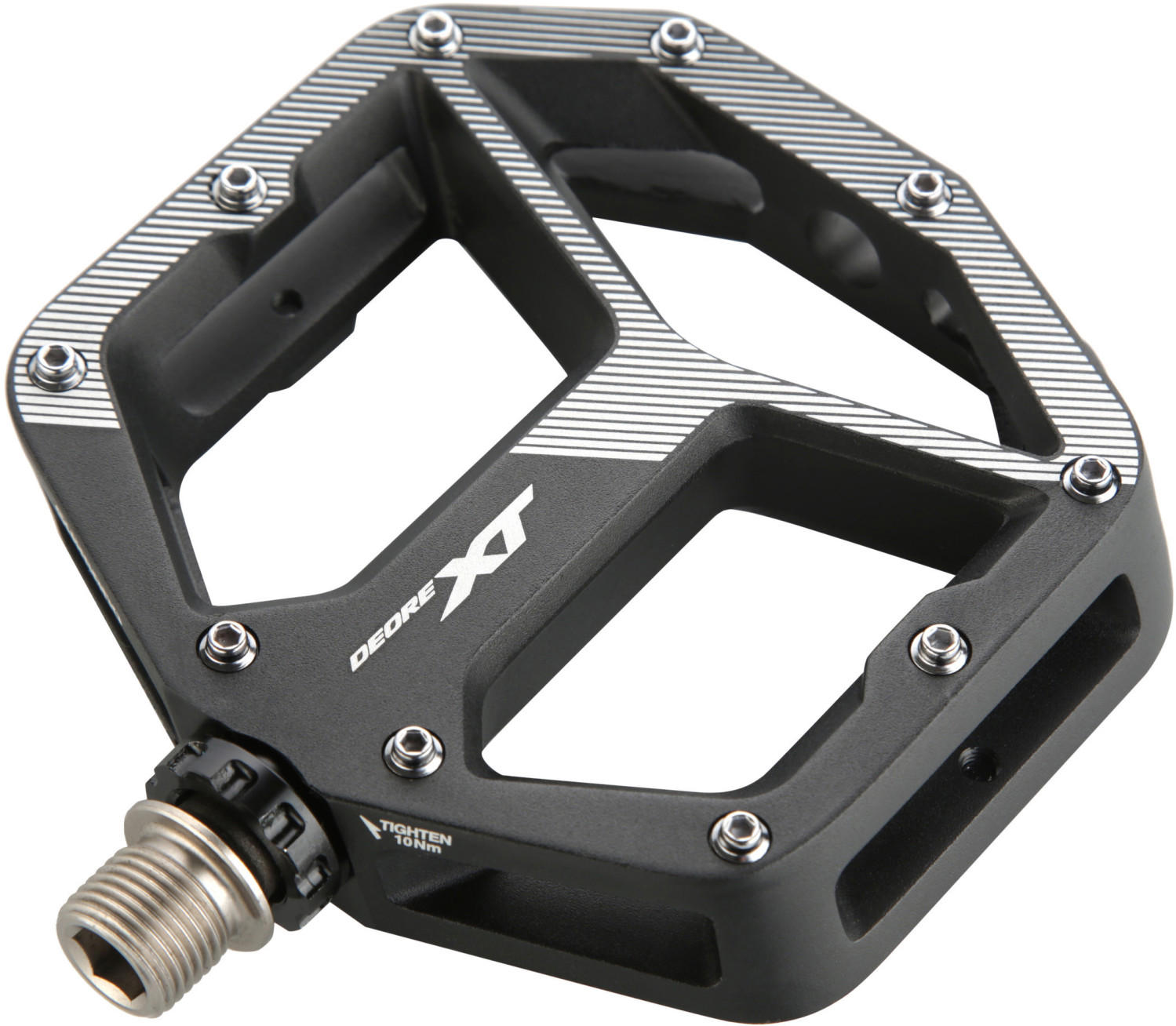
Float angle (for clipless pedals)
Float angle refers to the degree of movement your feet have while clipped into the pedals. Pedals with a higher float angle allow for more freedom of movement, reducing strain on your joints and giving you a more comfortable ride. On the other hand, pedals with a lower float angle offer a more firm and locked-in feel, providing enhanced power transfer and stability.
Many bike pedal manufacturers offer a range of options to cater to different float angle preferences. One example of pedals with a high float angle is the Shimano PD-M530 mountain bike pedals, which provide a generous 6 degrees of float. These pedals are designed for riders who value comfort and forgiveness in their pedal stroke. On the other end of the spectrum, pedals like the Look Keo 2 Max Blade Carbon Pedals have a lower float angle. With a float angle of just 4.5 degrees, these pedals prioritize power transfer and efficiency for road cyclists seeking a more secure feeling while riding. Other pedal options on the market range between these two extremes, providing a variety of choices for cyclists of all disciplines and preferences.
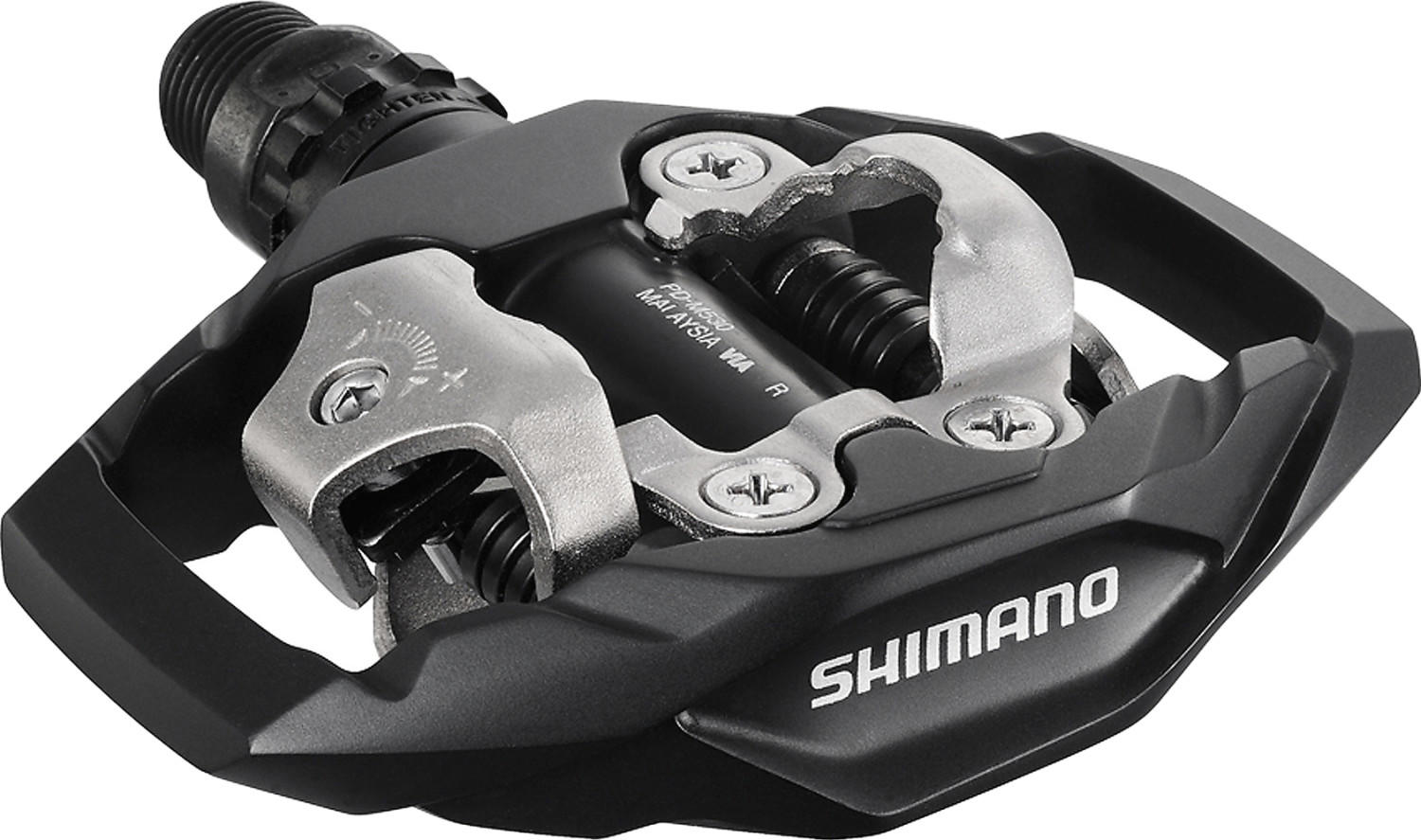
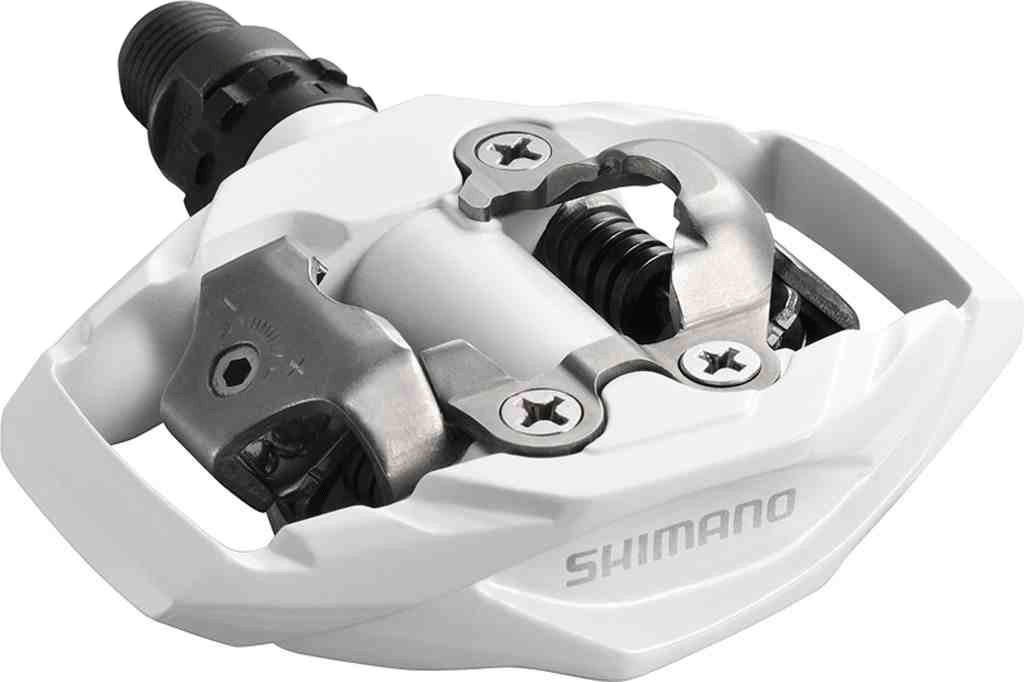

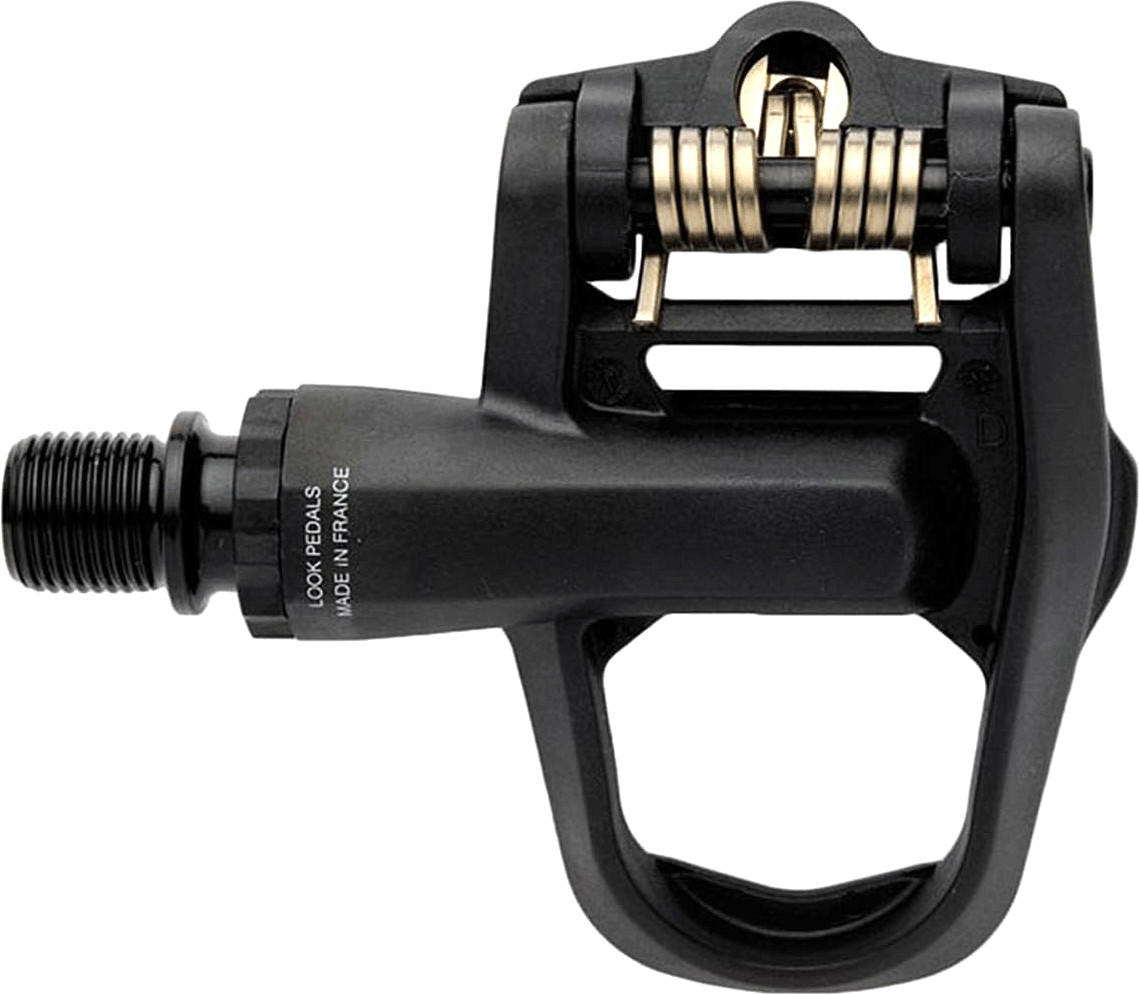
Multiple entry/release angles (for clipless pedals)
Multiple entry/release angles allow riders to engage and disengage their cleats at different angles, providing flexibility and customization for different riding preferences. For example, the Shimano PD-M540 Pedals offer a 4-degree angle of float, allowing the foot to pivot slightly while clipped in, reducing the risk of knee strain. Another option is the Look Cycle X-Track Race Carbon Ti Pederal which features a 6-degree angle of float, providing a bit more freedom of movement.
In the market, clipless pedal systems can be organized into two main groups: road pedal systems and mountain pedal systems. Road pedal systems, such as the Look Cycle Keo Blade Carbon Ceramic Ceramic Road Pedal, are designed for efficient power transfer and optimal pedaling dynamics on paved surfaces. On the other hand, mountain pedal systems, like the Shimano XT PD-M8120 Pedals, are built with rugged durability and reliable off-road performance in mind. These options offer a variety of multiple entry/release angles to cater to the varying needs of road and mountain riders.
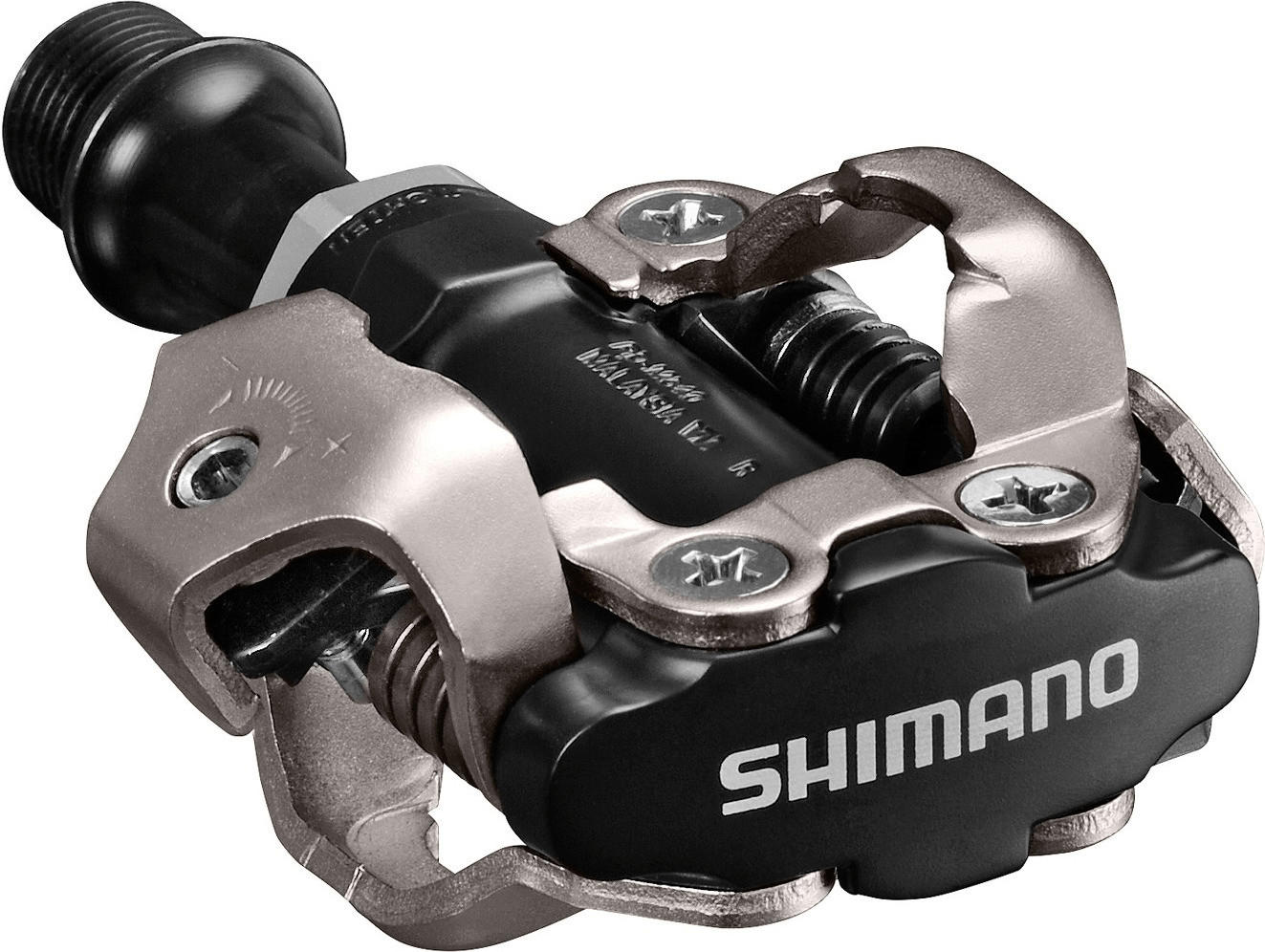

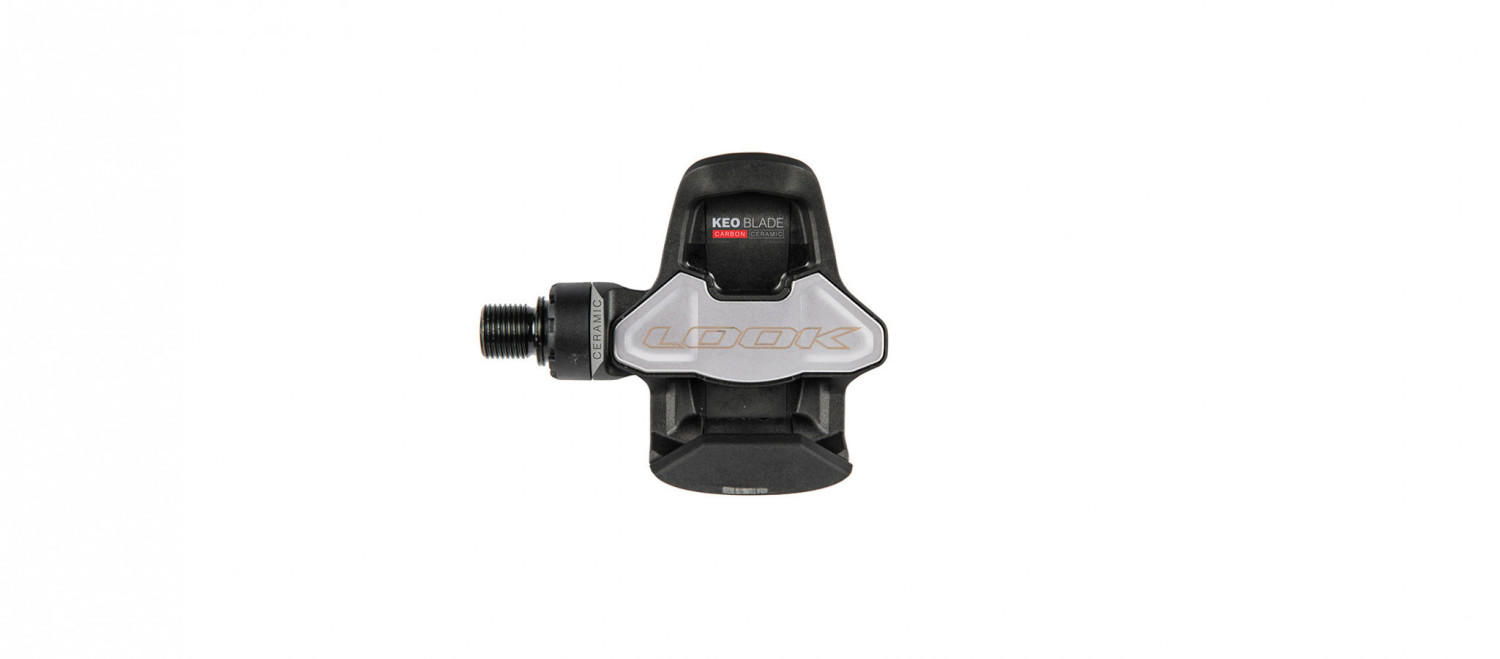

Easy installation/removal
Opting for pedals that are quick and hassle-free to install and remove can save you time and effort, especially when you need to swap between different types of pedals or when performing maintenance on your bike.
One type of pedal that offers easy installation and removal is the Shimano PD-M520 Clipless Pedals. These pedals feature a simple and efficient design, allowing for smooth engagement and disengagement. With a two-sided entry, these pedals make it convenient to clip in and out, giving you flexibility while riding. Another option is the Crankbrothers Candy 1 Clipless Pedals, which boasts an open design for easy cleat engagement and mud-shedding capability. These pedals are designed to be user-friendly and reliable even in challenging weather conditions.
In terms of pedal segments, there are various groups in the market, such as clipless pedals, platform pedals, and hybrid pedals. Within the clipless segment, popular choices that provide easy installation and removal include the Look Keo 2 Max and the Speedplay Zero Pedals. For platform pedals, the Race Face Chester Pedals and the Dmr V8 Pedals are great options known for their simple installation and removal process. If you prefer a hybrid pedal, the Shimano A530 Clipless/Platform Pedals offer a dual-function mode, allowing for both easy clipless entry and a stable platform for casual rides.


Reflective elements
These elements can greatly enhance your visibility and safety on the road, especially during low-light conditions or at night. Look for pedals that come with built-in reflectors or have reflective strips or dots on their surface. One such pedal is the Shimano PD-EH500 which features an integrated reflector on one side of the pedal. Another option is the Sunlite Grabber Platform Pedals which feature bold reflectors on both sides for maximum visibility.
In addition to these options, some pedals come with removable reflectors that can be attached or detached based on your specific needs. For example, the Wellgo WPD-E003 pedals offer removable reflectors, allowing you to easily switch between a reflective or non-reflective setup depending on your preference. Reflective elements on bike pedals should not be overlooked as they can significantly improve your safety on the road by increasing your visibility to motorists and other cyclists.
Pedal-crossover compatibility (can be used with different shoe types)
This refers to the ability of the pedals to work with different types of bike shoes, allowing you to use the same pedals for different riding activities.
For mountain bikers who also enjoy road biking or other cycling disciplines, Shimano XT M8100 SPD Pedals are a great option. These pedals feature a robust design and offer compatibility with both SPD shoes, commonly used in mountain biking, and road cleats. They also come with an adjustable release tension feature, allowing users to customize their preference. Another excellent choice is the Crankbrothers Candy 7 Pedals, which are known for their durability and compatibility with both mountain bike and road shoes. These pedals feature a platform around the clip mechanism, providing additional support and stability for riders.
For riders who prefer a more versatile option, Shimano PD-M324 Pedals are worth considering. These pedals feature a combination design that includes both a platform on one side and an SPD clip on the other. This allows riders to switch between using regular shoes and cycling shoes, making them suitable for a variety of riding styles, including commuting or touring. Another option is the DMR V8 Classic Pedals, which offer a similar combination of a platform and clip system. These pedals are known for their strength and platform grip, making them suitable for a range of activities from trail riding to urban commuting.
Toxicity-free materials
Opting for pedals made with non-toxic components not only ensures a healthier environment, but also reduces the risk of skin irritation or allergies caused by contact with harmful substances. One popular choice for toxicity-free bike pedals is the Crank Brothers Stamp series. These pedals are made with high-quality anodized aluminum and are available in small or large sizes to accommodate different foot sizes. Another option is the Shimano XT PD-M8040 pedals, which are made with a durable chromoly steel axle and feature a dual-sided platform design. These pedals not only prioritize safety and performance, but also have the added benefit of being created with toxicity-free materials.

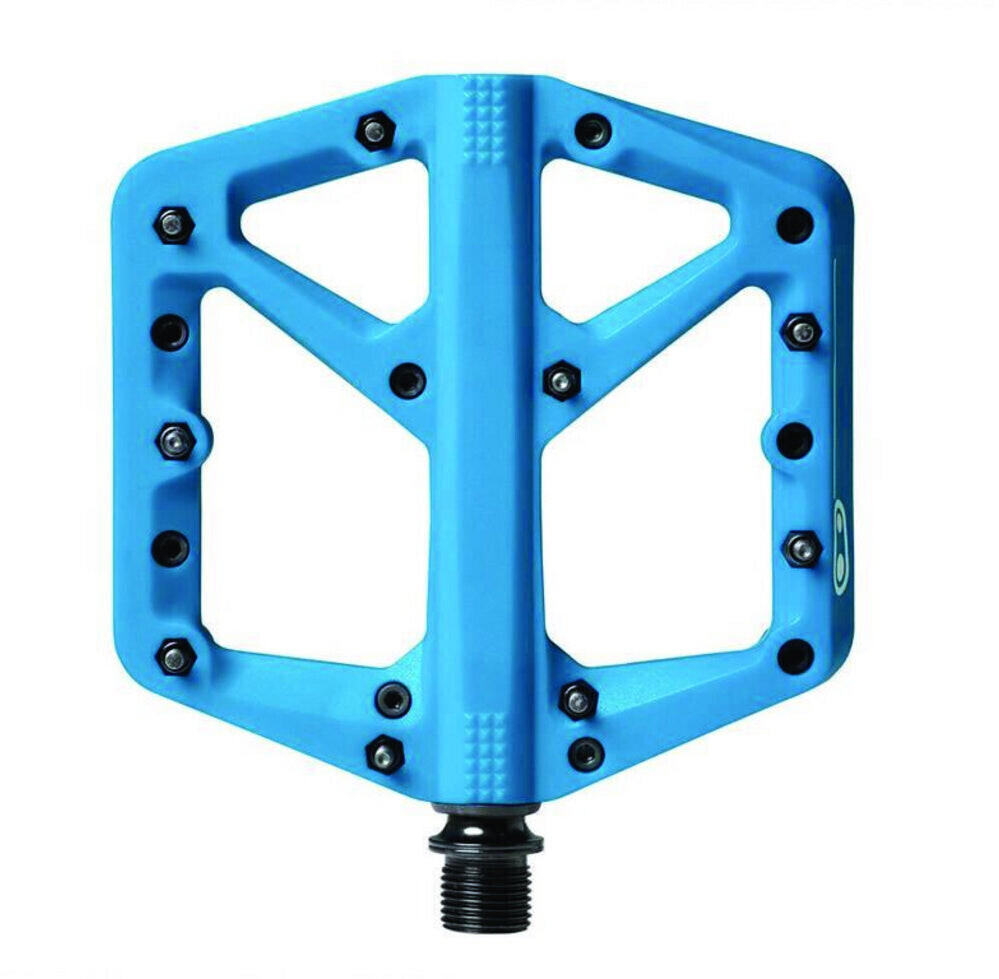


Durability
One great example of durable bike pedals are the Shimano PD-M520 Pedals, which are constructed with a steel spindle and an aluminum body, providing exceptional strength and durability. These pedals also feature a sealed cartridge bearing system, ensuring smooth spinning and high resistance to water and dust penetration. Similarly, the Crankbrothers Candy 3 Pedals are known for their exceptional durability, primarily due to their aerospace-grade aluminum construction. These pedals also boast a stainless-steel wing shim, providing increased durability and longevity. With both of these options, riders can have the confidence that their pedals will withstand the test of time, offering lasting performance and reliability.
Corrosion resistance
This will ensure that your pedals can withstand the elements and remain durable over time. Look for pedals that are made from materials like aluminum or stainless steel, as these are known for their resistance to corrosion. For example, the Shimano PD-R8000 Ultegra Carbon Pedals are made with a stainless steel body, providing excellent protection against corrosion. Another option to consider is the Crankbrothers Eggbeater 3 Pedals, which are made with an aluminum body that is also corrosion-resistant. These pedals are suitable for mountain biking and offer a great combination of lightweight and durability. Ultimately, investing in pedals with good corrosion resistance will ensure that you can enjoy riding without the worry of rust or damage.

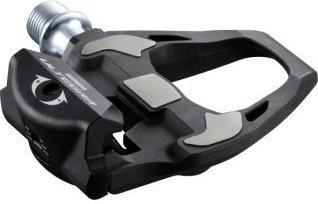


Replaceable pins (for platform pedals)
Replaceable pins allow you to adjust the height and grip of the pins, ensuring a secure and comfortable ride. Look for pedals like the RaceFace Chester Pedals which feature 16 replaceable steel pins per pedal, providing excellent traction on any terrain. These pedals come in a wide array of colors, making them a popular choice among riders looking for style and function. Another great option is the DB-6 Dunbar Pedals which offer 12 replaceable pins per pedal. These pins are made of durable nylon composite material, providing a lightweight and strong build. These pedals are designed with a recessed pin platform to give riders improved grip and a smooth pedal strike.


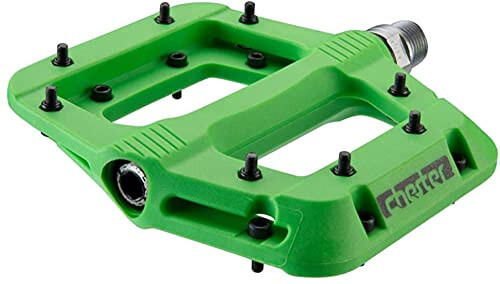
Shoe-to-pedal contact area
This refers to the amount of surface area on the pedal that comes into contact with the rider's shoe. A larger contact area provides better stability and power transfer, resulting in a more efficient and comfortable ride. Some bike pedal options that maximize shoe-to-pedal contact area include - Shimano Saint PEDAL EPDM828 and - Race Face Atlas Pedal. These pedals feature wide platforms with multiple pins to provide a larger surface area, ensuring a secure and stable connection between the shoe and the pedal. Additionally, the - Shimano Ultegra PD-R8000 and - Look Keo 2 Max Blade are popular road bike pedal options that also offer a wide and supportive contact area.
Anti-slip features
One example of a pedal with excellent traction is the SHIMANO PD-MX80 Platform Pedals. These pedals feature 20 replaceable pins on each pedal for maximum grip, ensuring that your feet stay securely in place even in wet or muddy conditions. Another option is the CRANKBROTHERS STAMPA Premium Flat Pedals, which utilizes 5 adjustable pins on each side of the pedal to provide optimal traction and prevent feet from slipping. Additionally, the DEITY COMPONENTS T-Mac Pedals offer 14 pins per side and a concave platform design to improve grip and stability, allowing riders to feel confident and in control. These pedals are ideal for downhill and freeride enthusiasts who require ultimate grip and sure-footedness on the trails.
Maintenance requirements
Some pedals may require regular servicing and cleaning to prevent dirt build-up or corrosion. For example, the Shimano PD-M540 SPD Pedals come with sealed cartridge bearings that offer low maintenance and exceptional durability. These pedals also feature a mud-shedding design, ensuring that mud and debris won't affect performance.
Another option to consider is the Crankbrothers Candy 7 Pedals, which also offer easy maintenance. With a unique design that allows for debris to be cleared with a simple click, these pedals are perfect for muddy terrains. Its pedal body is constructed using forged SCM 435 chromoly steel for added strength and longevity.
If you're looking for even lower maintenance, you might want to consider pedals with smooth-spinning bearings such as the Speedplay Zero Stainless Pedals. These pedals utilize precision cartridge and needle bearings, requiring minimal upkeep. With a lightweight compact design, these pedals also offer a large contact area for enhanced power transfer and stability.


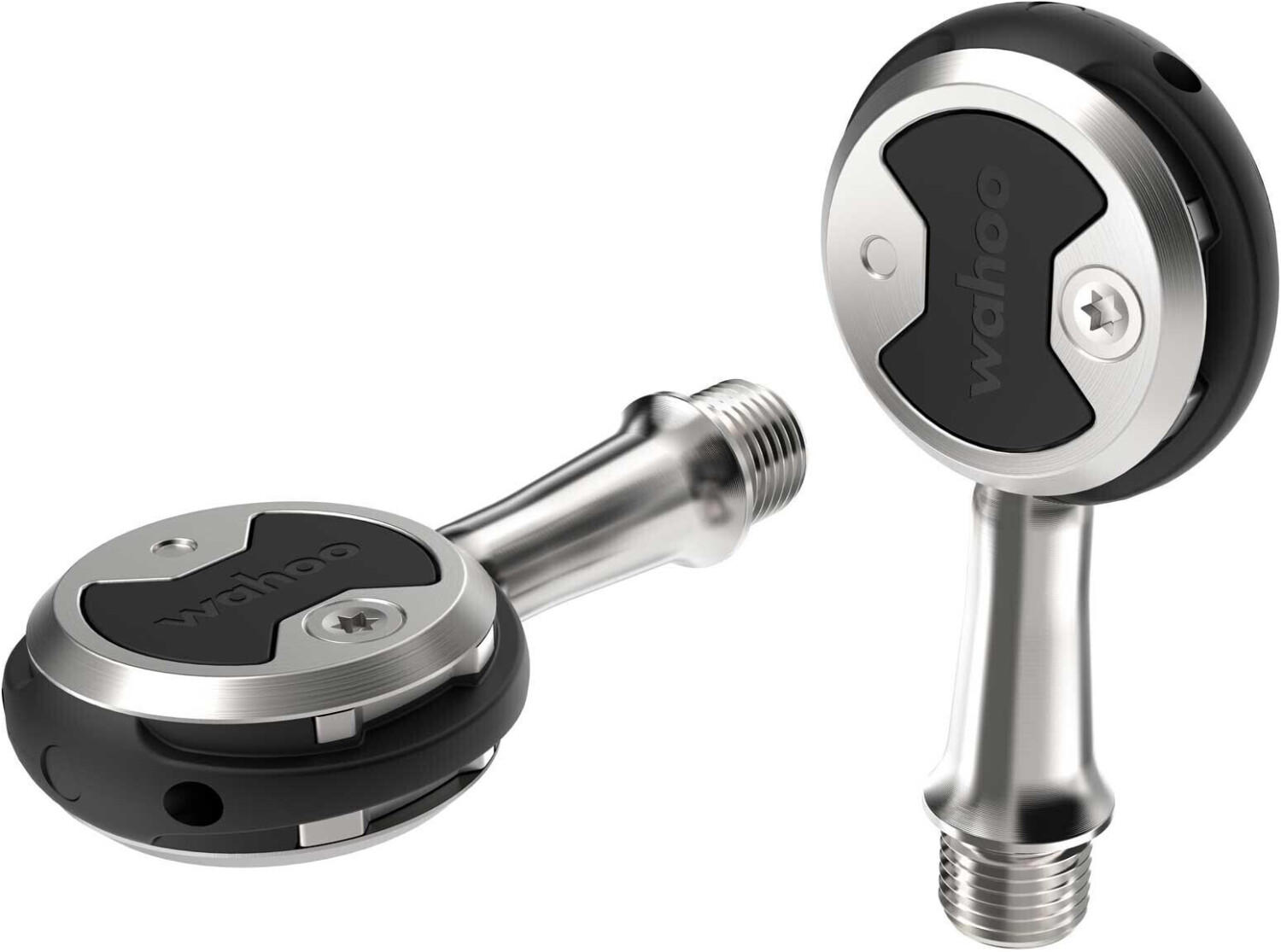
In summary, considering pedals with features like sealed cartridge bearings, mud-shedding capability, and low-friction mechanisms will ensure easier maintenance and longer-lasting performance on your bike.
Compatible shoe types
There are different pedal systems available on the market, each requiring a specific type of shoe attachment. The most commonly used pedal systems are Shimano’s SPD and Look’s KEO pedal systems. The Shimano SPD pedal system uses a 2-bolt cleat attachment, while the Look KEO pedal system uses a 3-bolt cleat attachment. These cleats are then mounted to the sole of the bike shoes, allowing for secure attachment to the respective pedal systems. Some popular examples of compatible bike pedal systems include the Shimano PD-M324 which is compatible with Shimano SPD cleats and the Look Keo Classic 3 which is compatible with Look’s KEO cleats.
Other pedal systems available on the market include Speedplay, Time, and Crankbrothers, each with their own specific cleat attachment requirements. For those looking for a pedal system that offers a wider range of float adjustment, the Speedplay Zero pedal system is highly recommended, which also offers a low profile design for improved aerodynamics. Likewise, the Time Xpresso 10 pedal system is known for its light weight and excellent power transfer, making it a great option for road cycling enthusiasts. Lastly, the Crankbrothers Candy 7 pedal system is known for its simplicity of use and outstanding mud clearance, making it a suitable option for off-road and mountain biking.
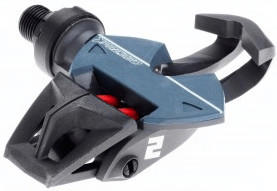


Weight limit
For riders who are heavier or carry heavy loads, it is crucial to opt for pedals with a higher weight limit to ensure optimal performance and longevity.
One example of a pedal designed with a high weight limit is the 'Shimano PD-M540 SPD Pedals'. These pedals have an impressive weight limit of up to 350 pounds (approximately 159 kilograms), making them suitable for riders of varying weights and those who frequently carry heavy cargos. Another alternative is the 'Crankbrothers Stamp Flat Pedals' which come in two sizes with different weight limits. The small size supports riders up to 175 pounds (approximately 79 kilograms) while the large size can accommodate riders up to 225 pounds (approximately 102 kilograms). These pedals provide a range of weight limits to cater to different body types and preferences. It is worth noting that some pedal brands may not explicitly state weight limits, but it is generally advisable to choose pedals from reputable manufacturers that prioritize durability and rider safety.

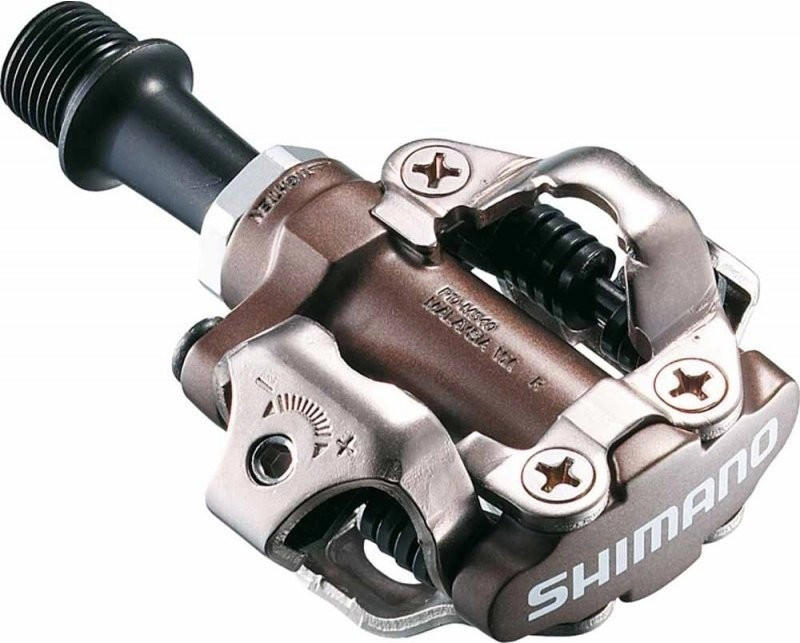
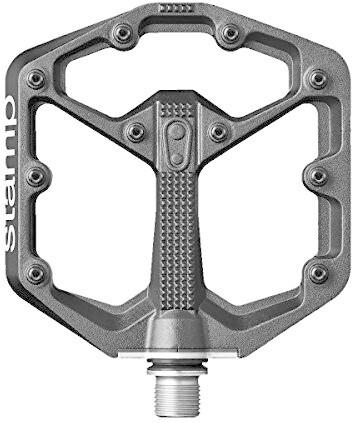
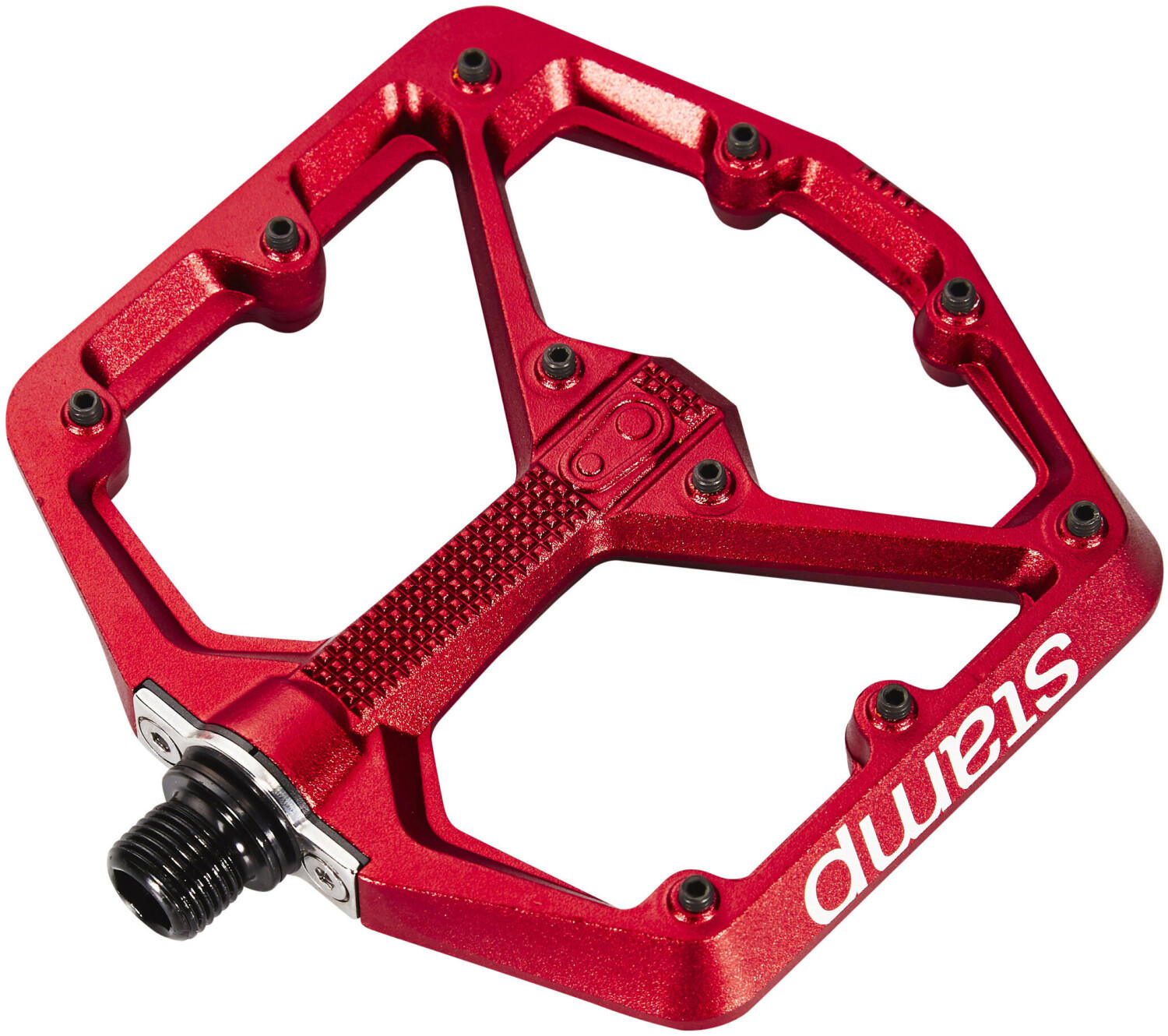
Sink or water-resistance factor
This factor is particularly crucial for those who frequently ride in wet or rainy conditions as it determines the pedal's resistance to water damage or sinking. A great example of bike pedals with excellent water-resistant properties is the Shimano PD-M8020 XT Trail pedals. These pedals feature a robust and reliable design with sealed cartridge bearings that provide exceptional water resistance, preventing the ingress of water and dirt that can cause corrosion or damage. Another option is the Crankbrothers Mallet E LS pedals, which boast a construction made of premium materials resistant to water infiltration. These pedals also come equipped with a unique 5th generation traction pad technology that offers enhanced grip and stability, even in wet conditions, providing a safe and efficient riding experience. When considering the sink or water-resistance factor, it is important to note that these pedals fall into the category of clipless pedals, which are suitable for those who prefer a more secure attachment to the bike while riding.
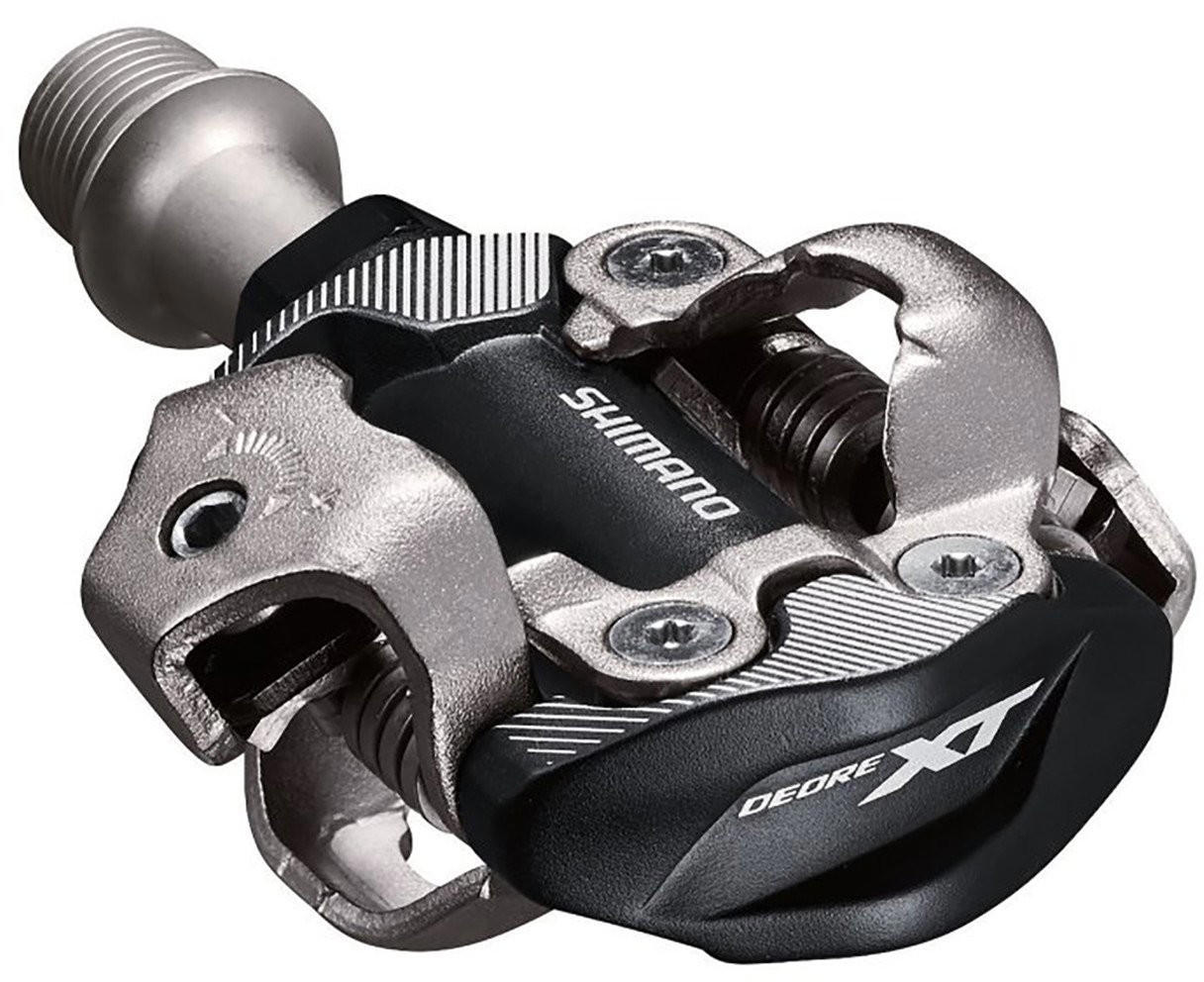
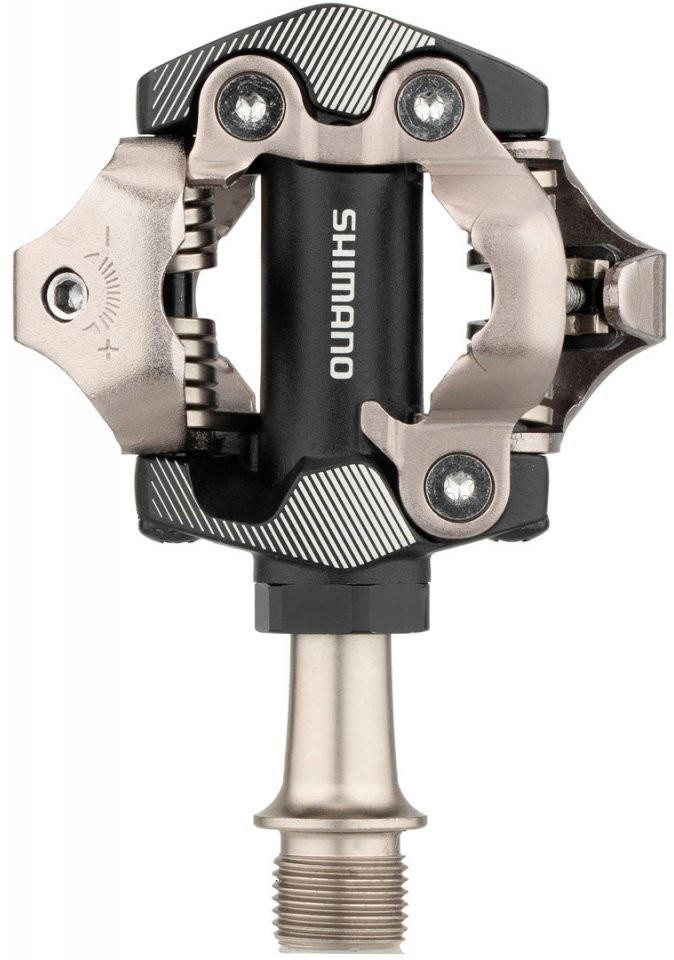
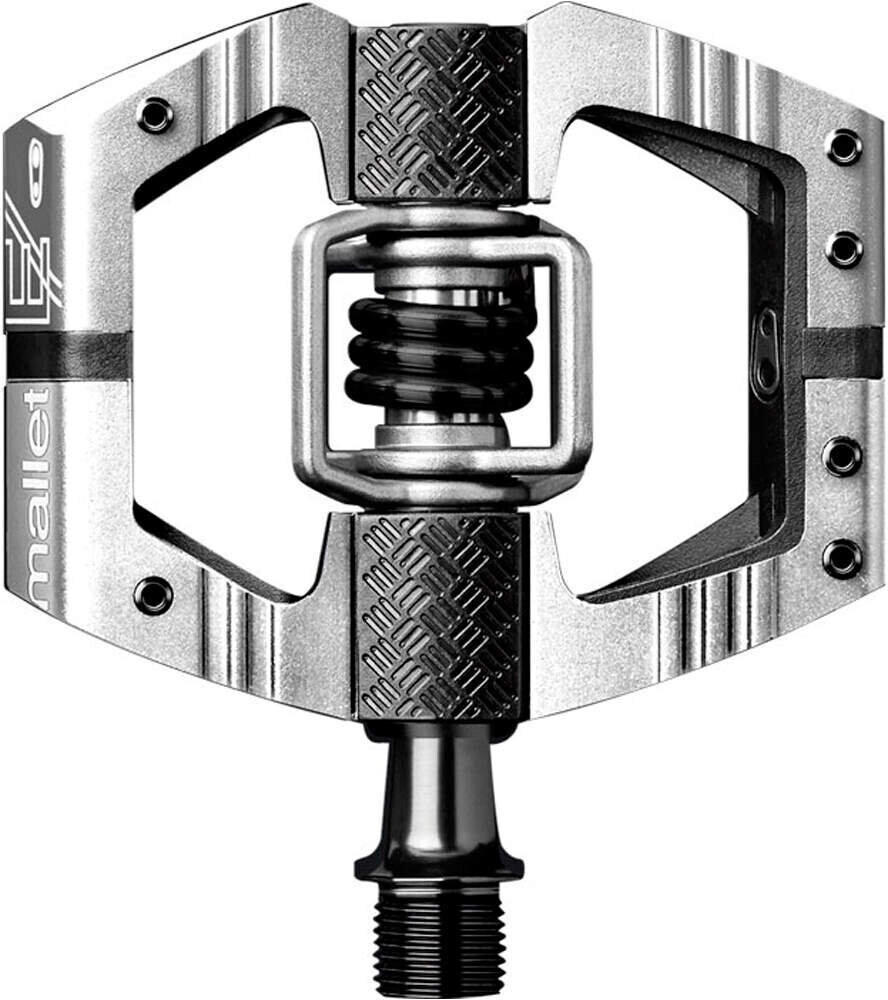
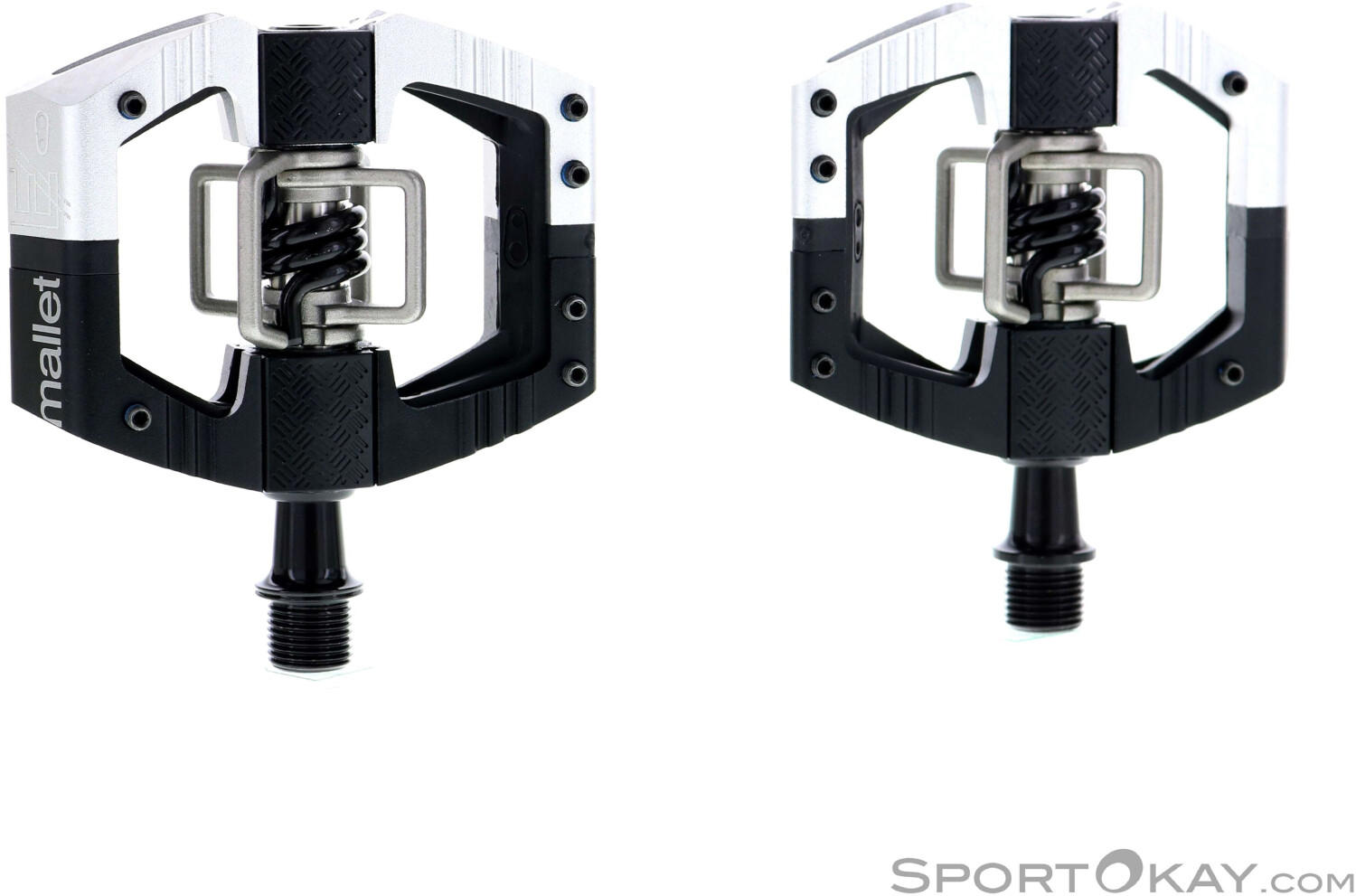
Aero dynamics (for performance pedals)
In order to choose the best bike pedals for improved aerodynamics and performance, there are several factors to consider. Firstly, it's important to look for a lightweight design, as this reduces drag and allows for faster pedaling. One example of a performance pedal that emphasizes aerodynamics is the Shimano Dura-Ace PD-R9100, which weighs just 228 grams per pair. Additionally, a low profile pedal design, such as the Look Keo Blade Carbon Ceramic, helps reduce wind resistance, ensuring smooth and efficient movement through the air.
Another aspect to consider for optimal aerodynamics is the size and shape of the pedal's cleat engagement mechanism. Look for pedals like the Speedplay Zero Aero, which features a dimpled surface to aid in streamlining airflow. These aero-focused designs are suitable for competitive cyclists or those specifically seeking maximum performance gains.
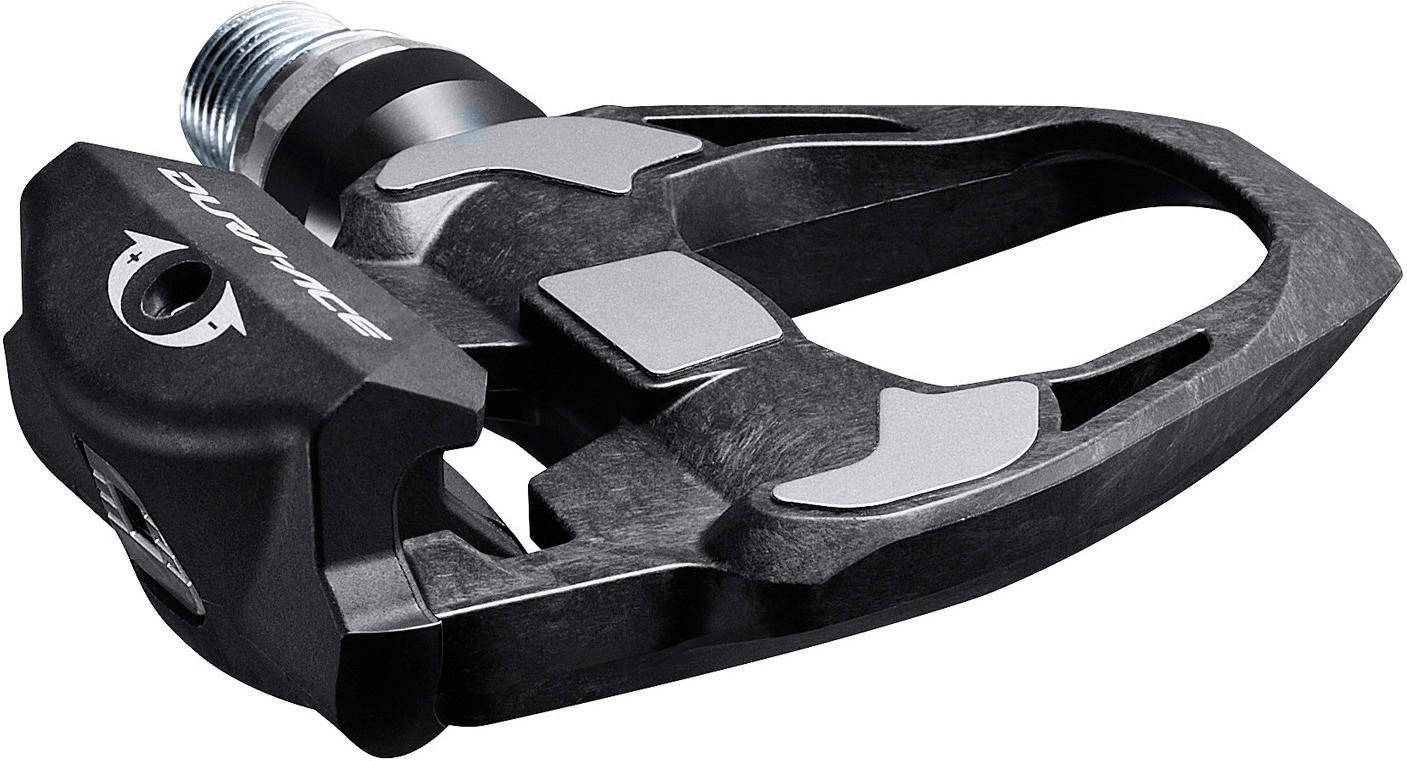
Road-surface adaptability
This refers to how well the pedals perform on different types of riding surfaces, such as asphalt, gravel, or off-road trails. For road cyclists, a lightweight pedal with a wide platform, like the Shimano Ultegra PD-R8000 or the Look Keo Blade Carbon, is ideal as it offers efficient power transfer and stability on paved roads. Mountain bikers, on the other hand, require pedals with good grip and durability for off-road terrain. Pedals like the Crankbrothers Mallet E LS or Shimano Deore XT PD-M8100 with aggressive cleats and larger platforms provide excellent off-road performance, allowing riders to confidently tackle various terrains.
Segmentation of bike pedals based on road-surface adaptability can be divided into road pedals and mountain bike pedals. Road pedals, which are specifically designed for pavement riding, include products like the Shimano Ultegra PD-R8000 and the Look Keo Blade Carbon. On the other hand, mountain bike pedals cater to off-road adventures and can be further divided into clipless pedals or platform pedals. Clipless options such as the Crankbrothers Mallet E LS or Shimano Deore XT PD-M8100 provide an optimal balance between efficient pedaling and maneuverability on tricky trails. Platform pedals like the Race Face Chester or Dmr Vault are preferred by riders seeking a large and grippy surface area, ideal for aggressive and technical off-road riding.
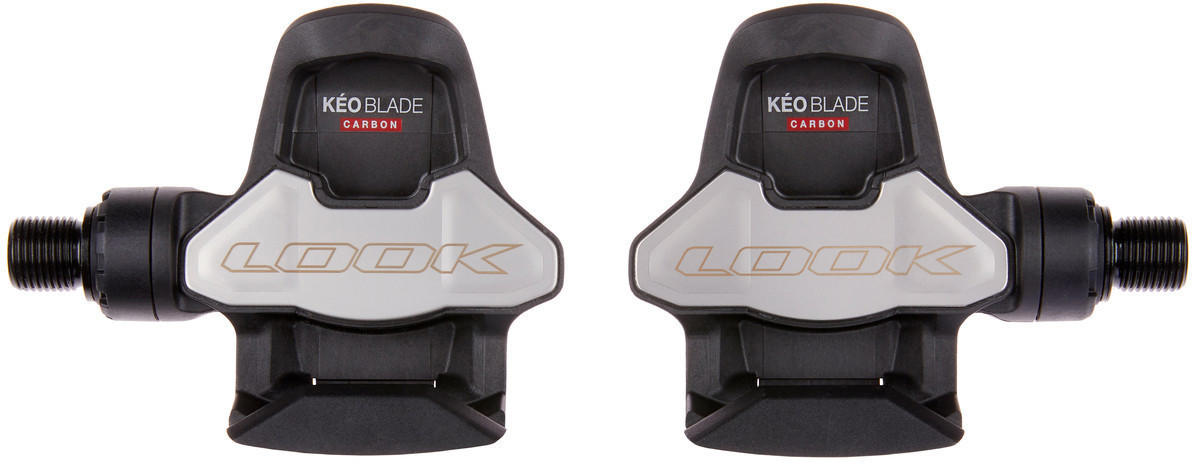



Price
There are pedals available at various price points, ranging from budget-friendly options to high-end models. For those on a tight budget, the Shimano PD-M520 is an excellent choice. It features a durable, alloy construction and a reliable clipless mechanism, all at an affordable price. Another moderately priced option is the RaceFace Chester, which offers a lightweight, nylon composite body and ten replaceable steel pins for added grip and control. If you're looking for a more premium pedal, the Look X-Track En-Rage is worth considering. With its robust, forged aluminum construction, this pedal offers a perfect blend of weight, durability, and optimal power transfer. Bear in mind that while price plays an important role, it is essential to consider other factors for the complete evaluation.
Variety of brands
One popular brand is Shimano with its range of clipless pedals like the Shimano PD-M9100. These mountain bike pedals offer excellent power transfer, a broad pedal platform, and customizable entry and release tension. Another reputable brand is Look, known for their road bike pedals. The Look Keo 2 Max Black Edition is a great option, featuring a lightweight design, adjustable tension, and a large pedal contact area for efficient power transfer. However, some cyclists find that the Look pedals have a smaller cleat platform, which may not provide as much stability. Overall, the variety of brands available allows cyclists to find pedals that best suit their specific biking needs and preferences.
